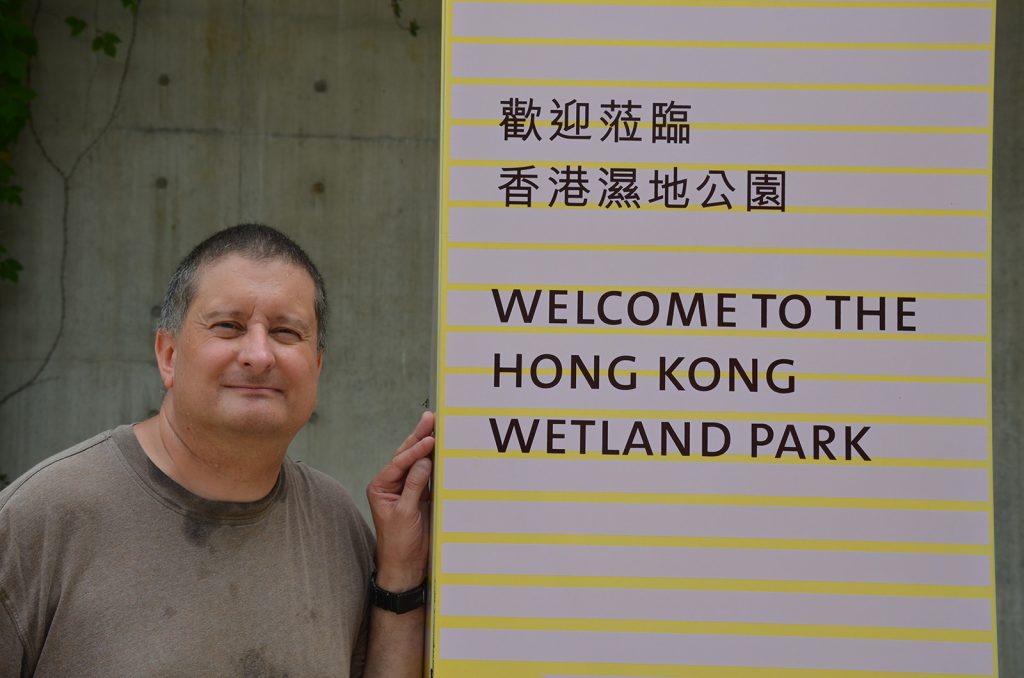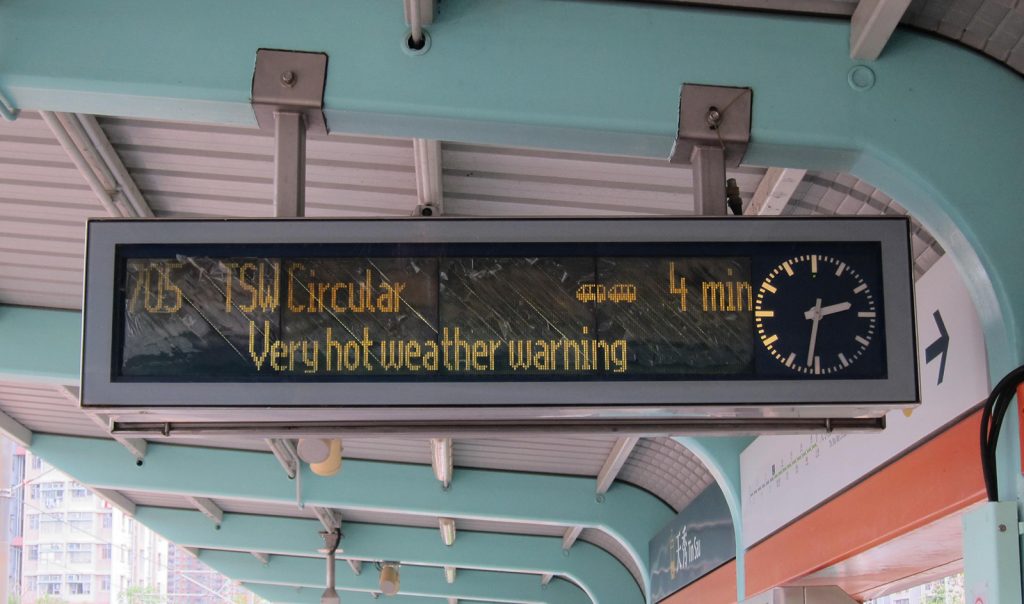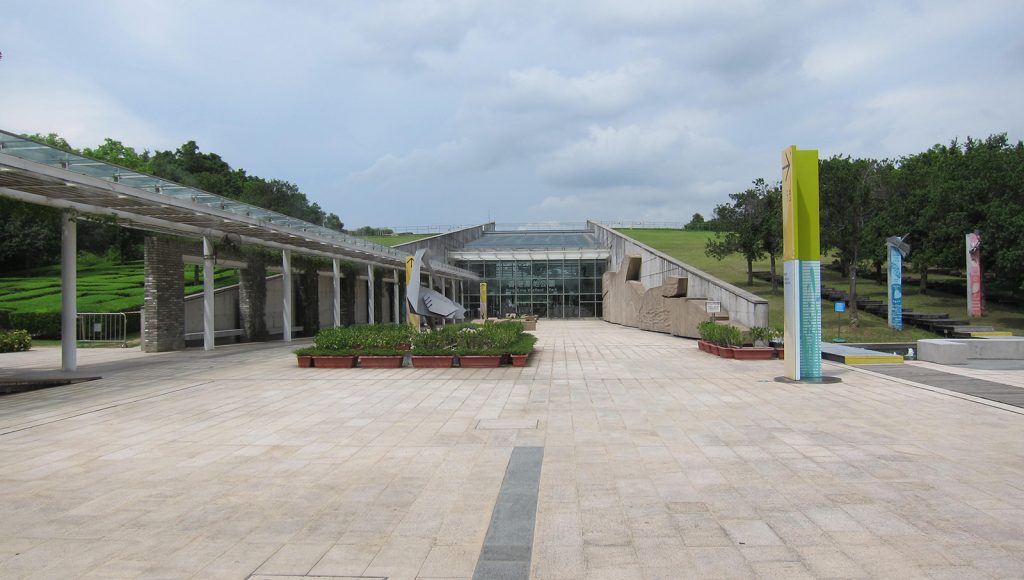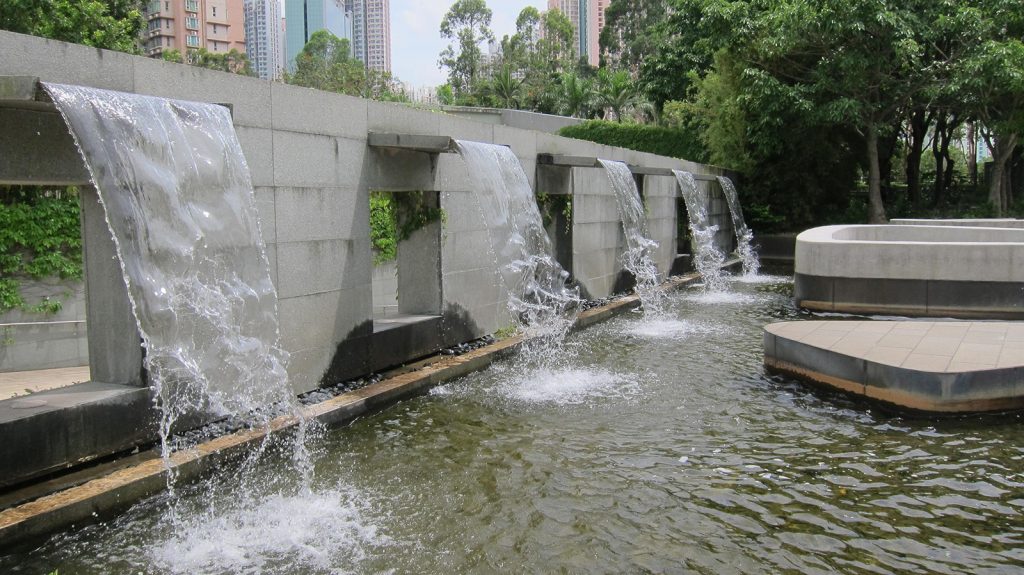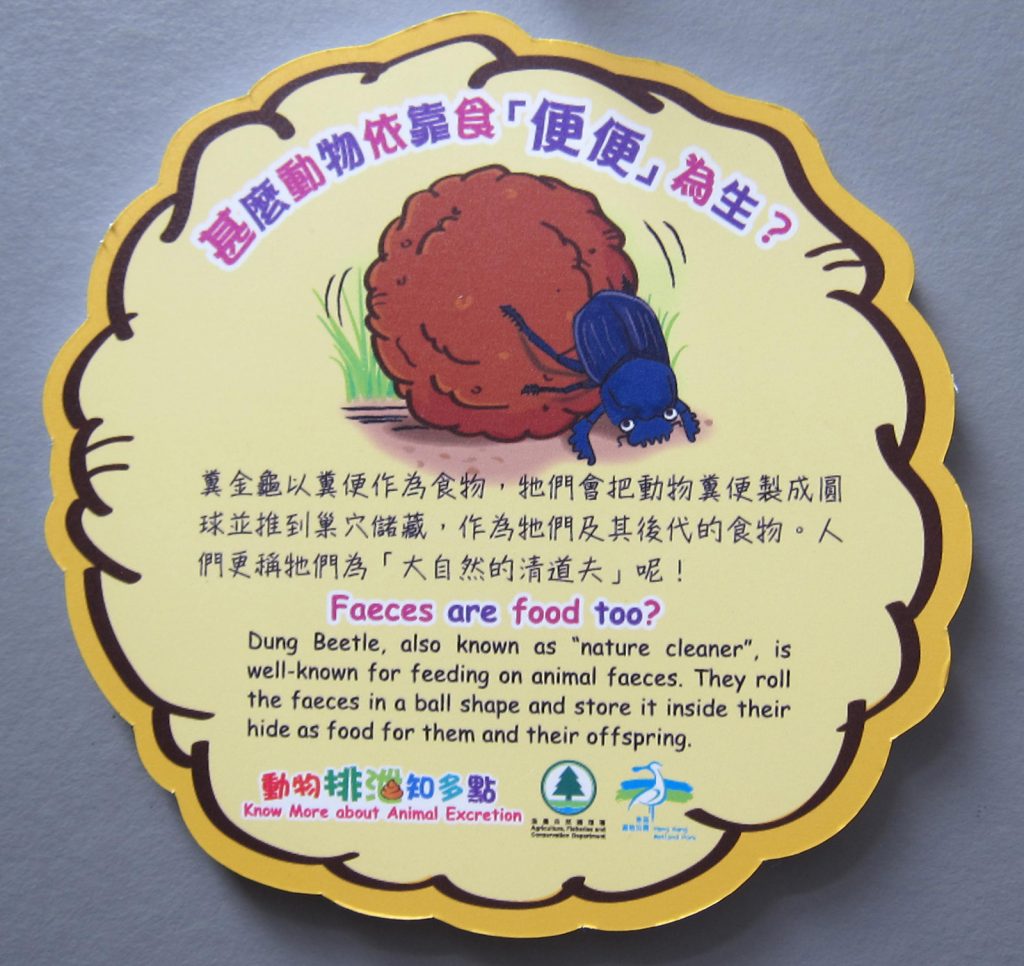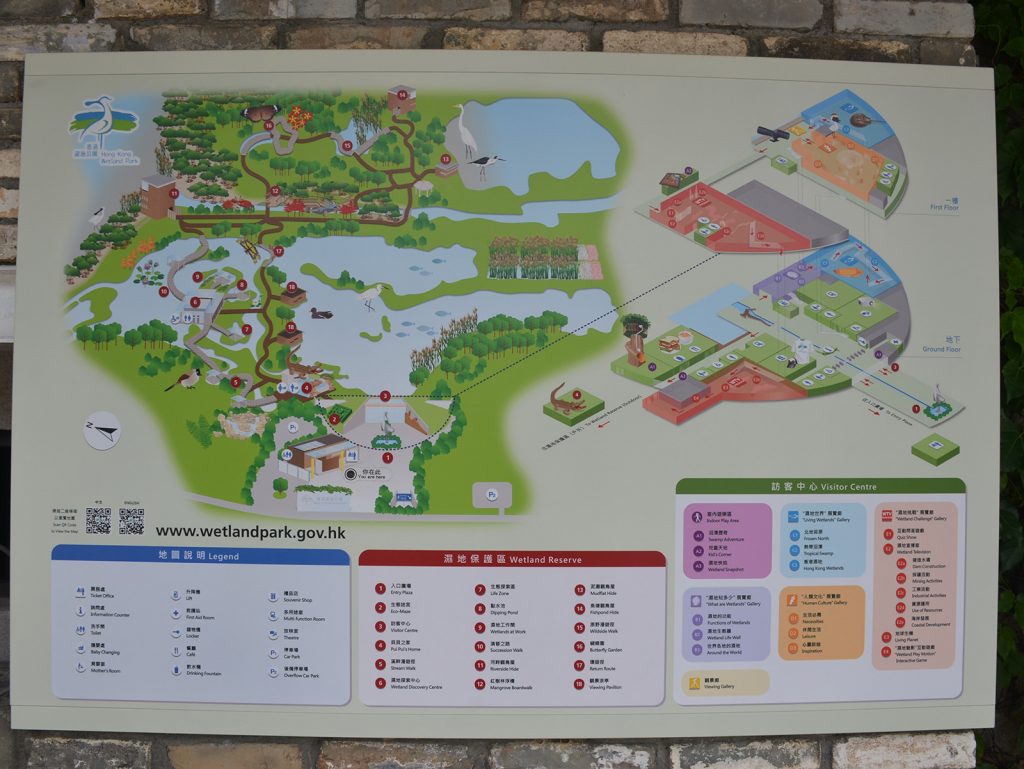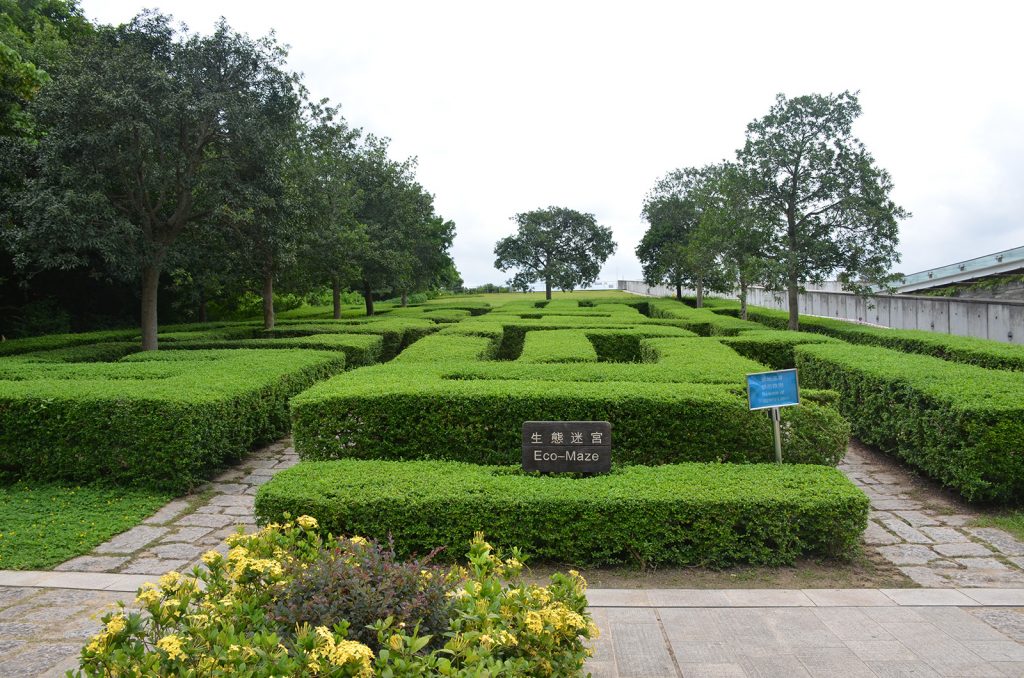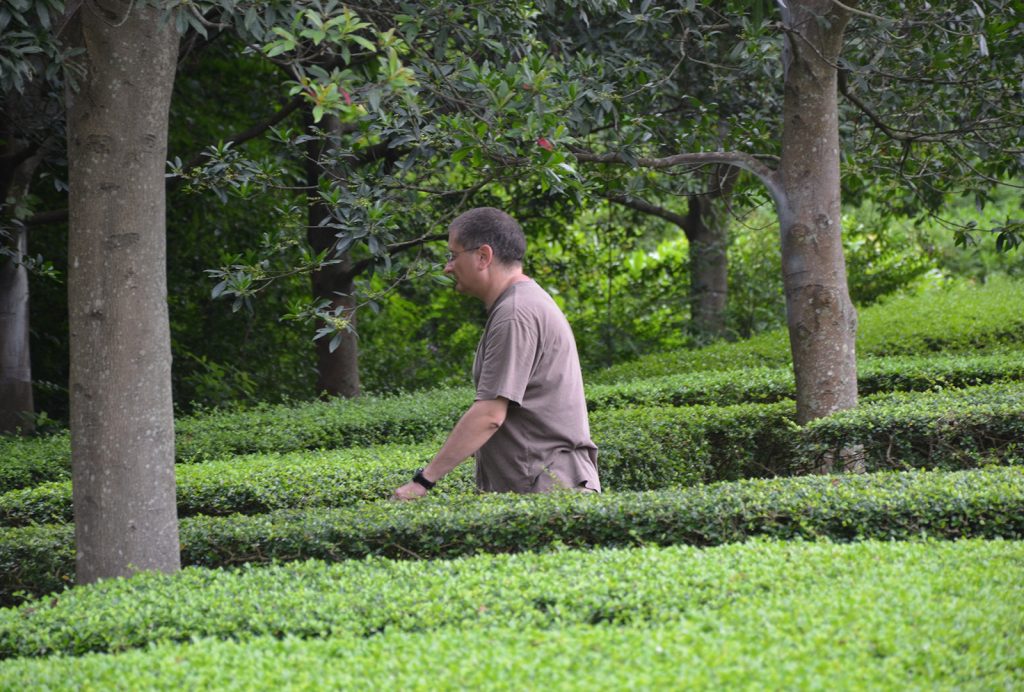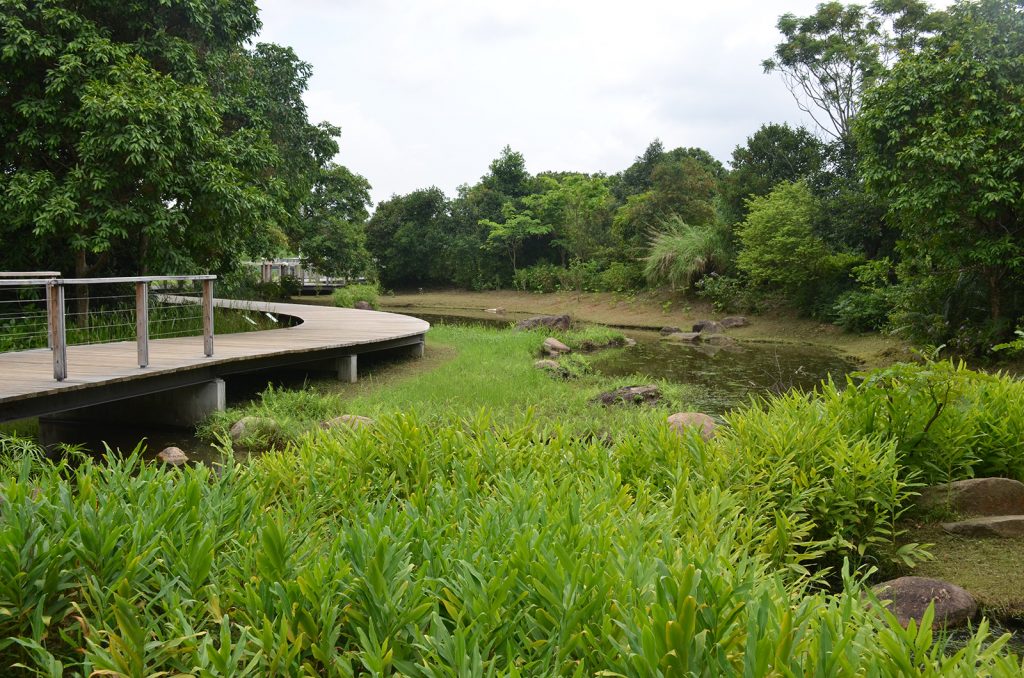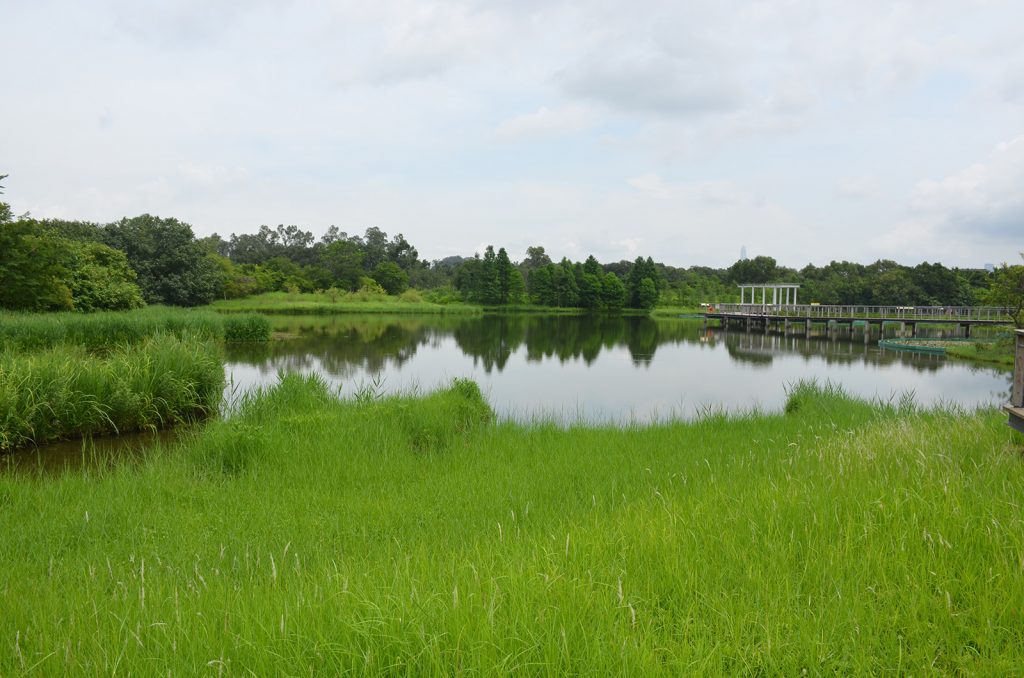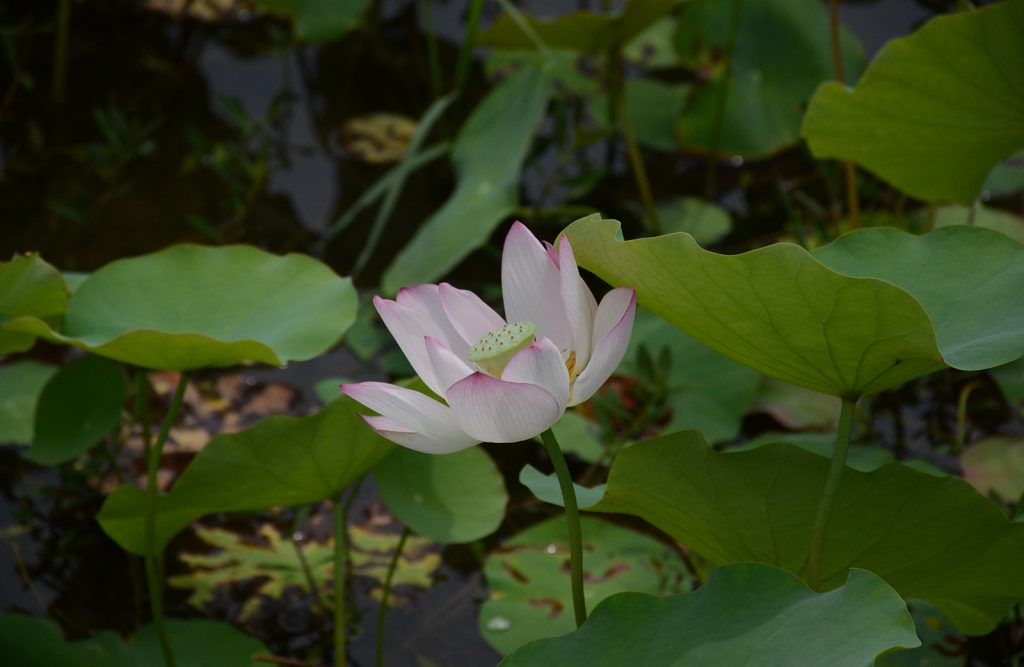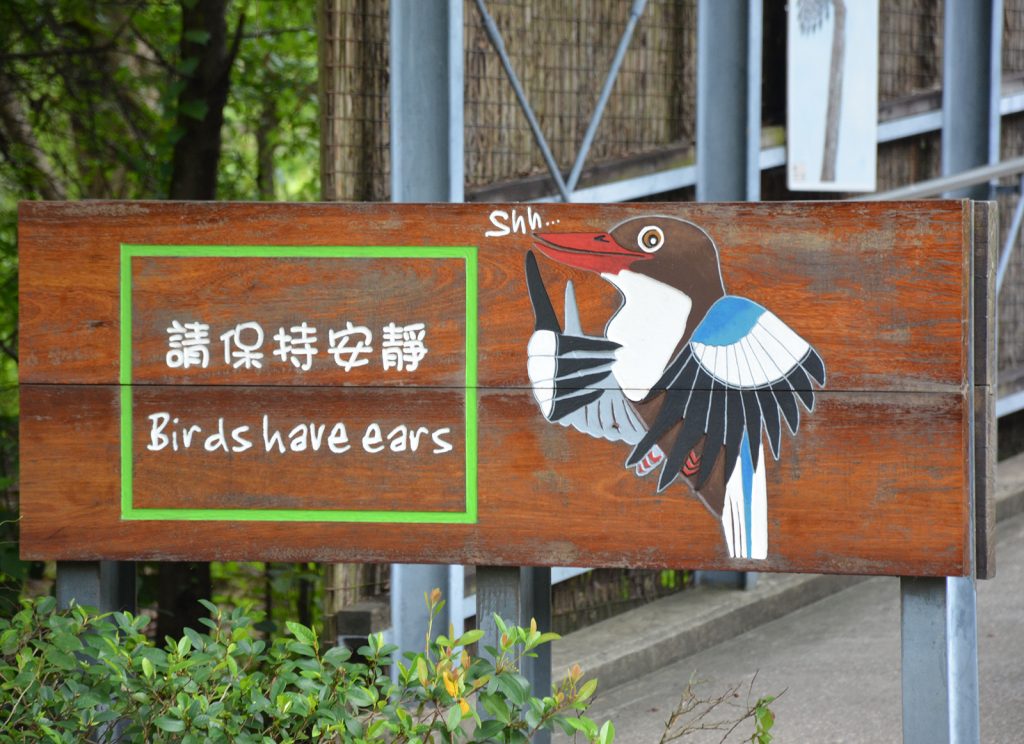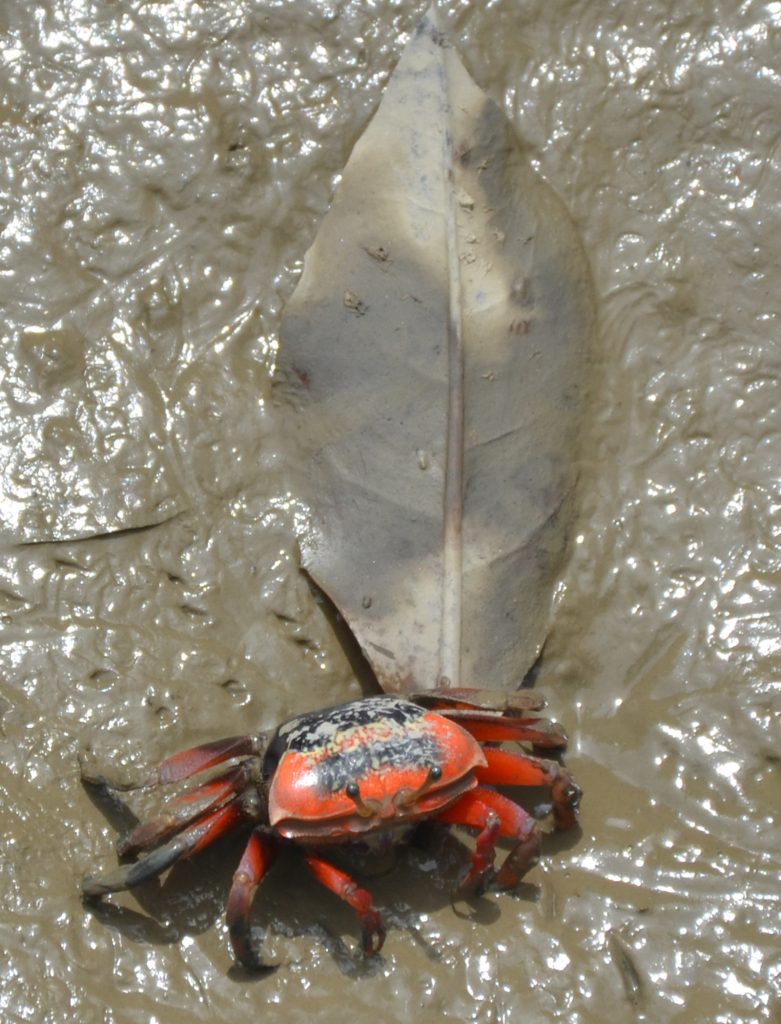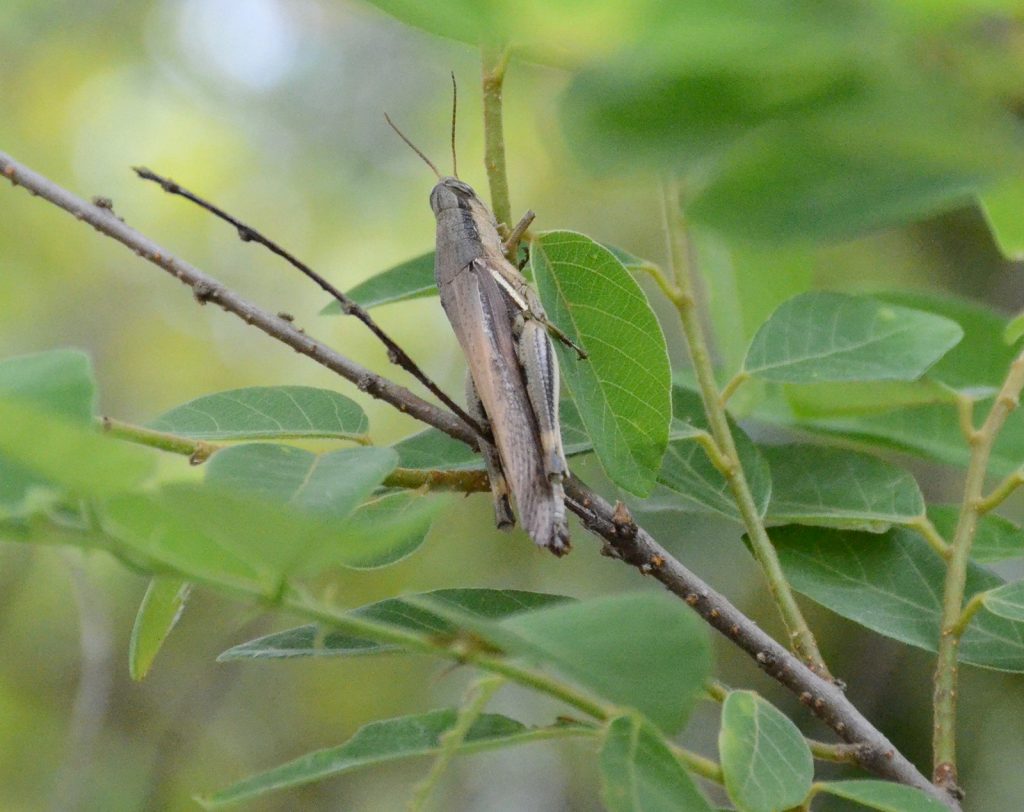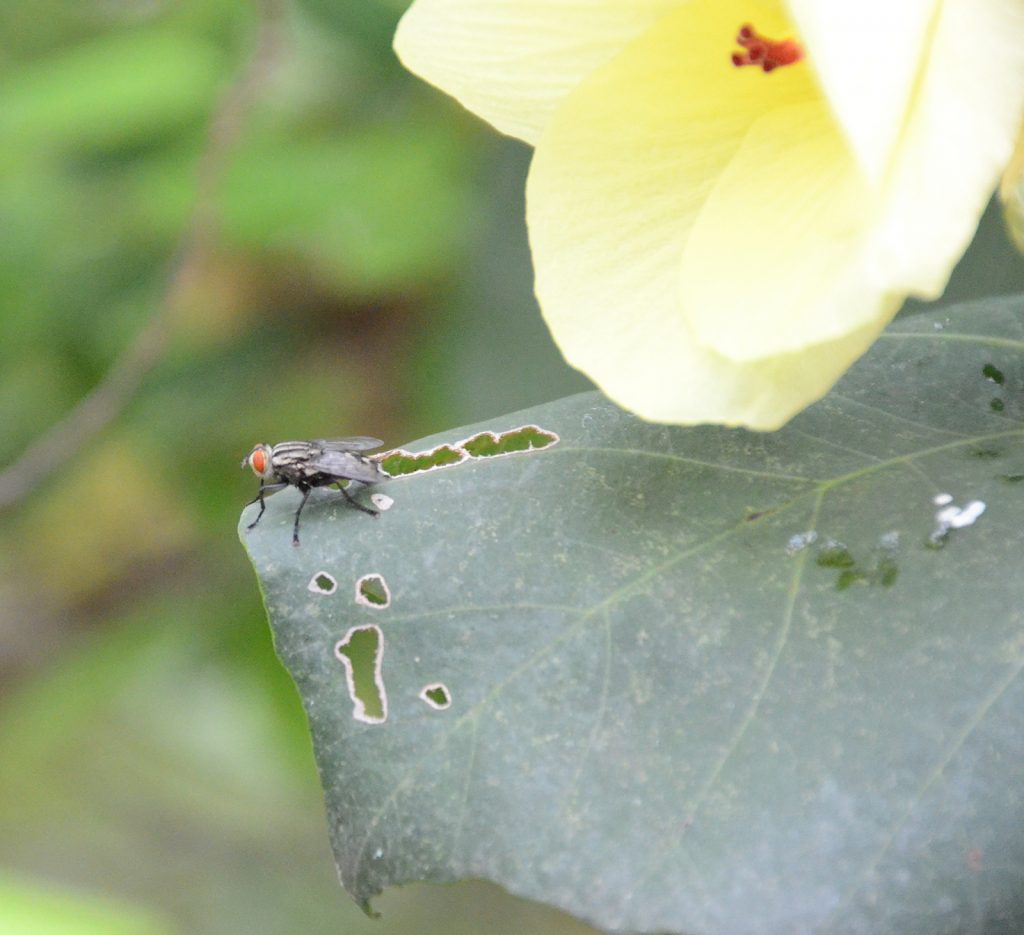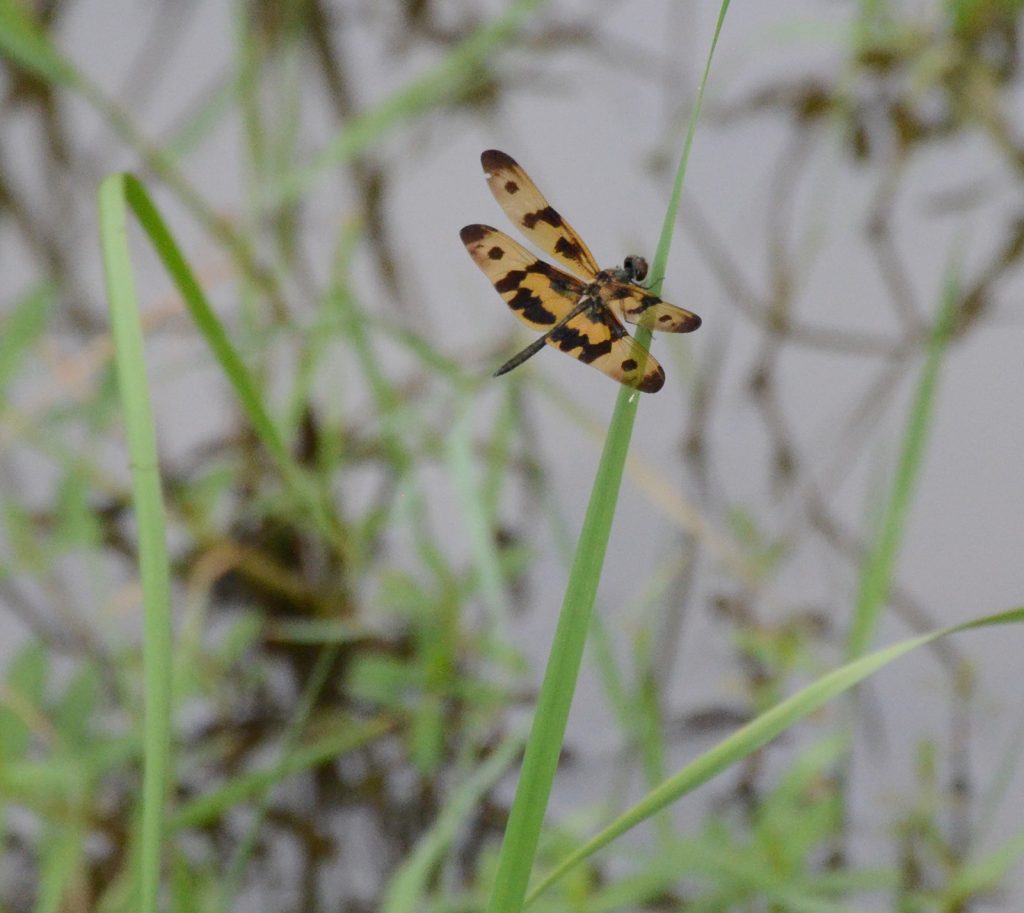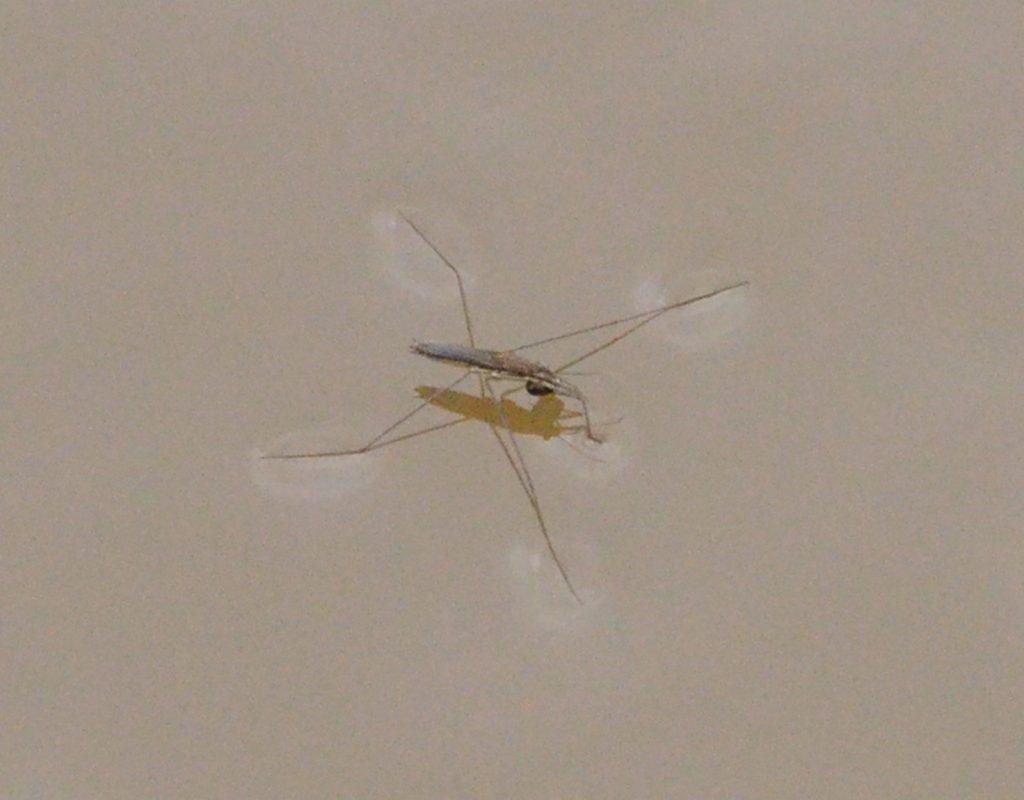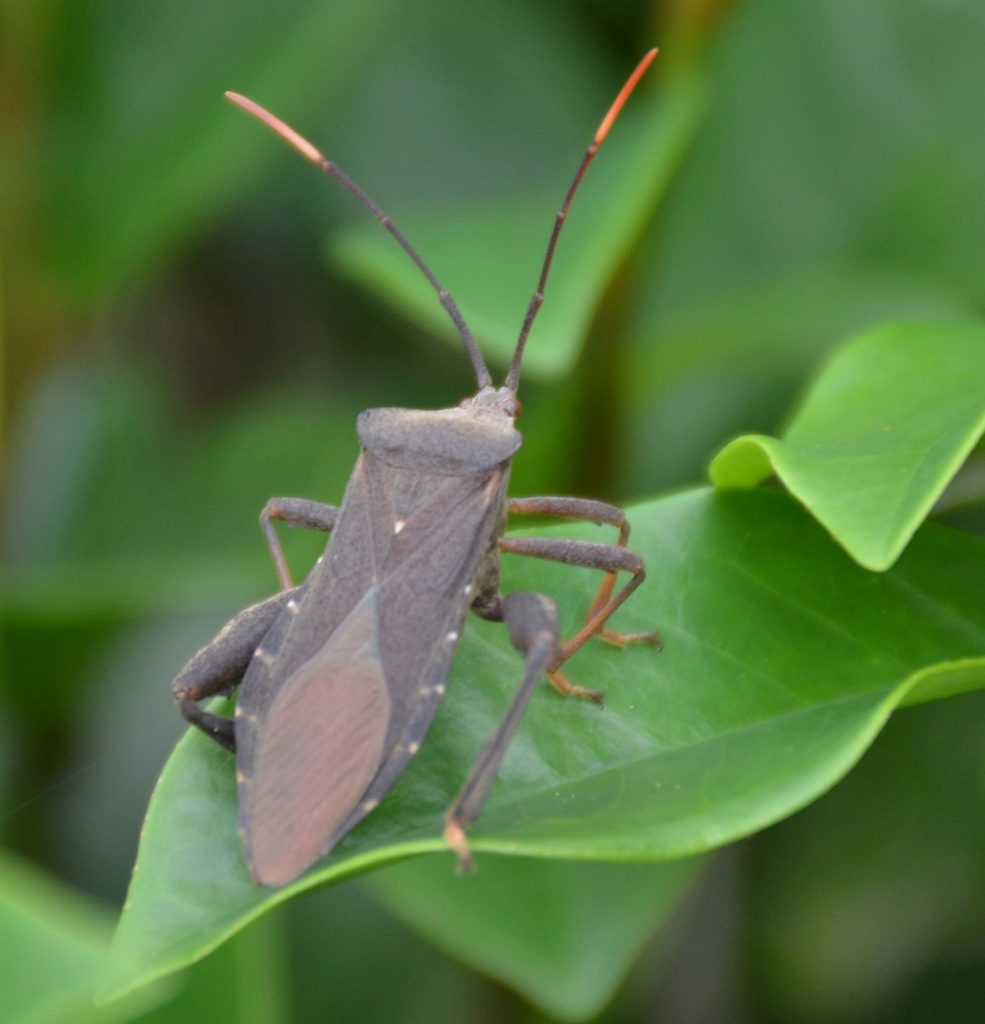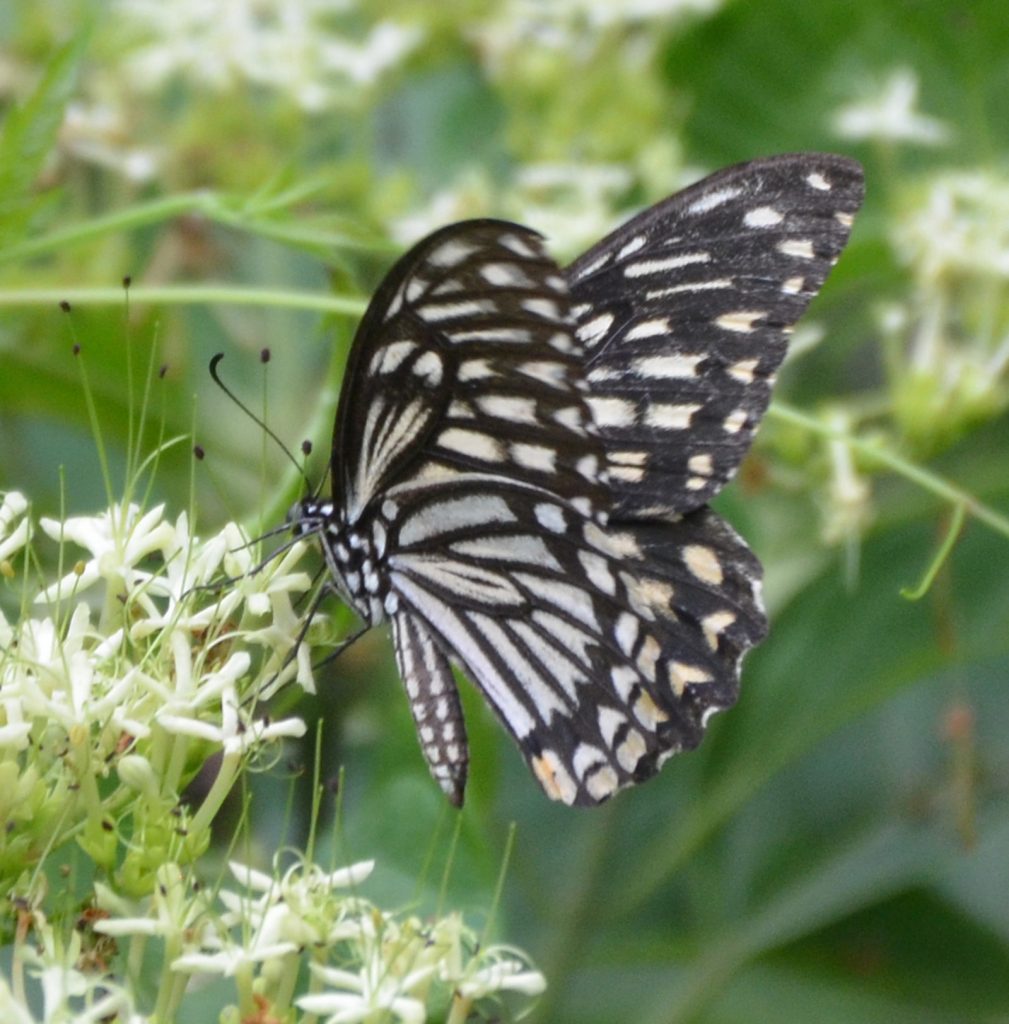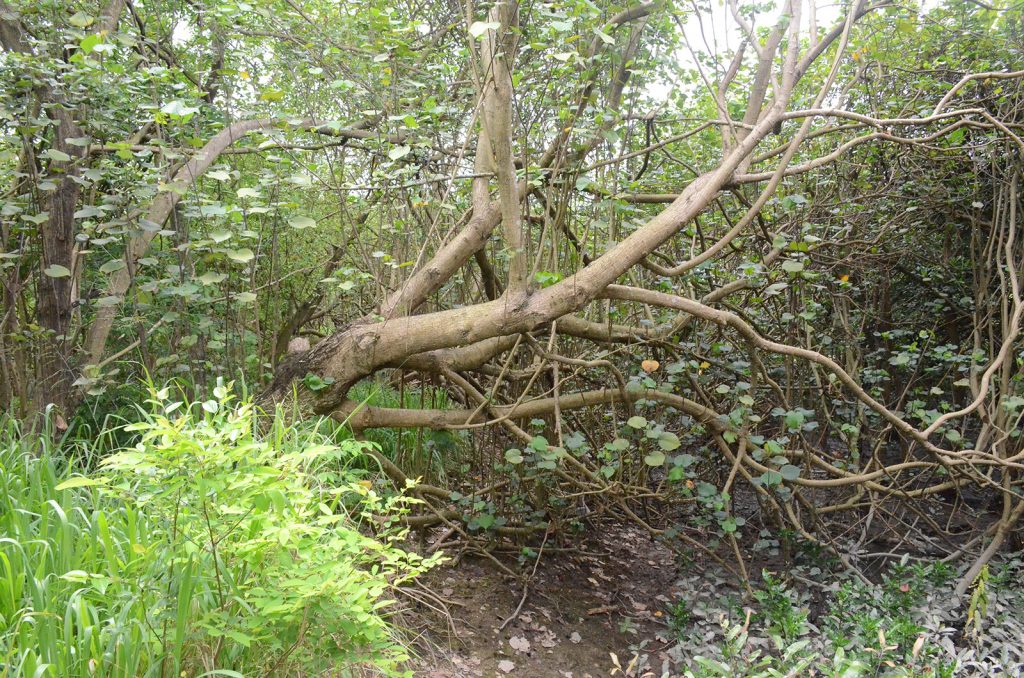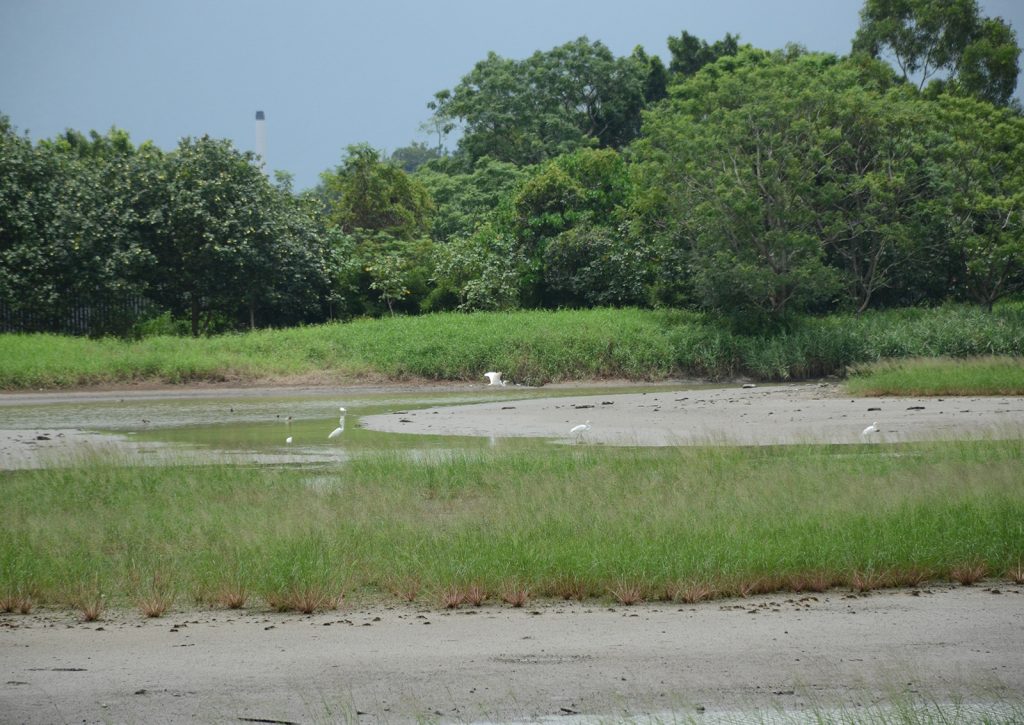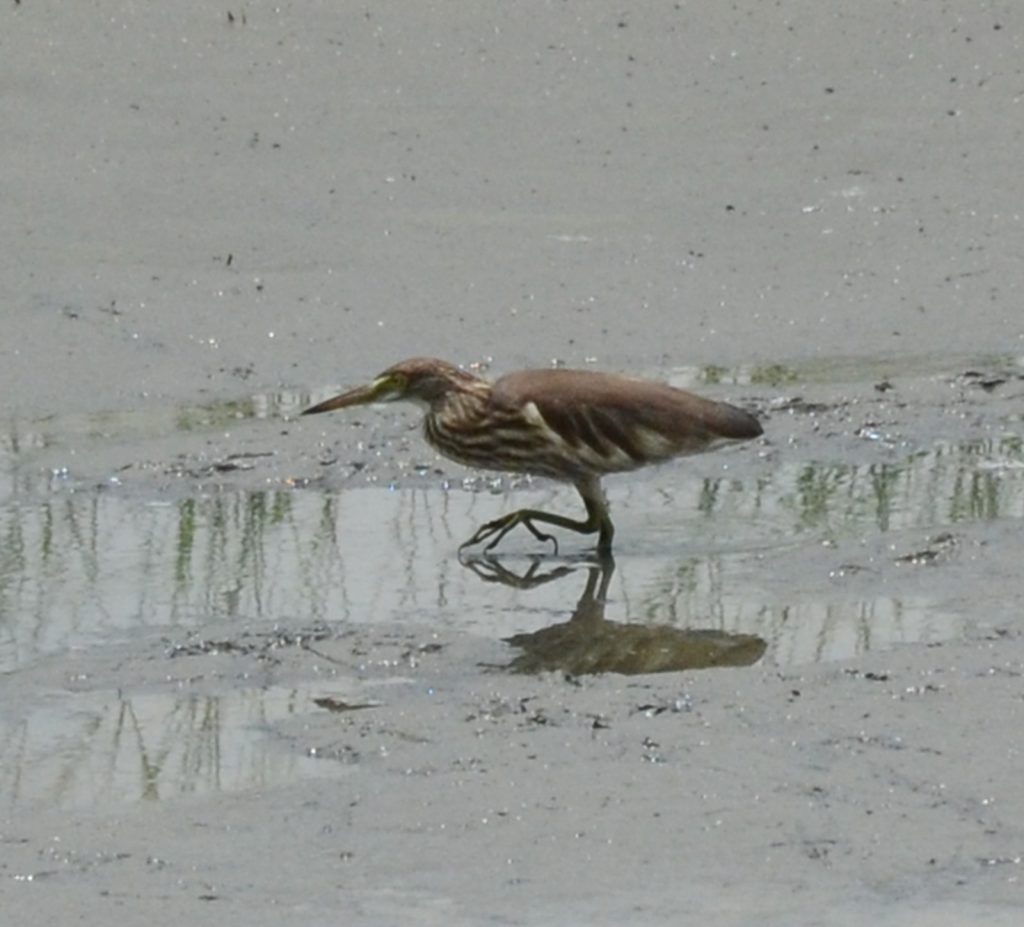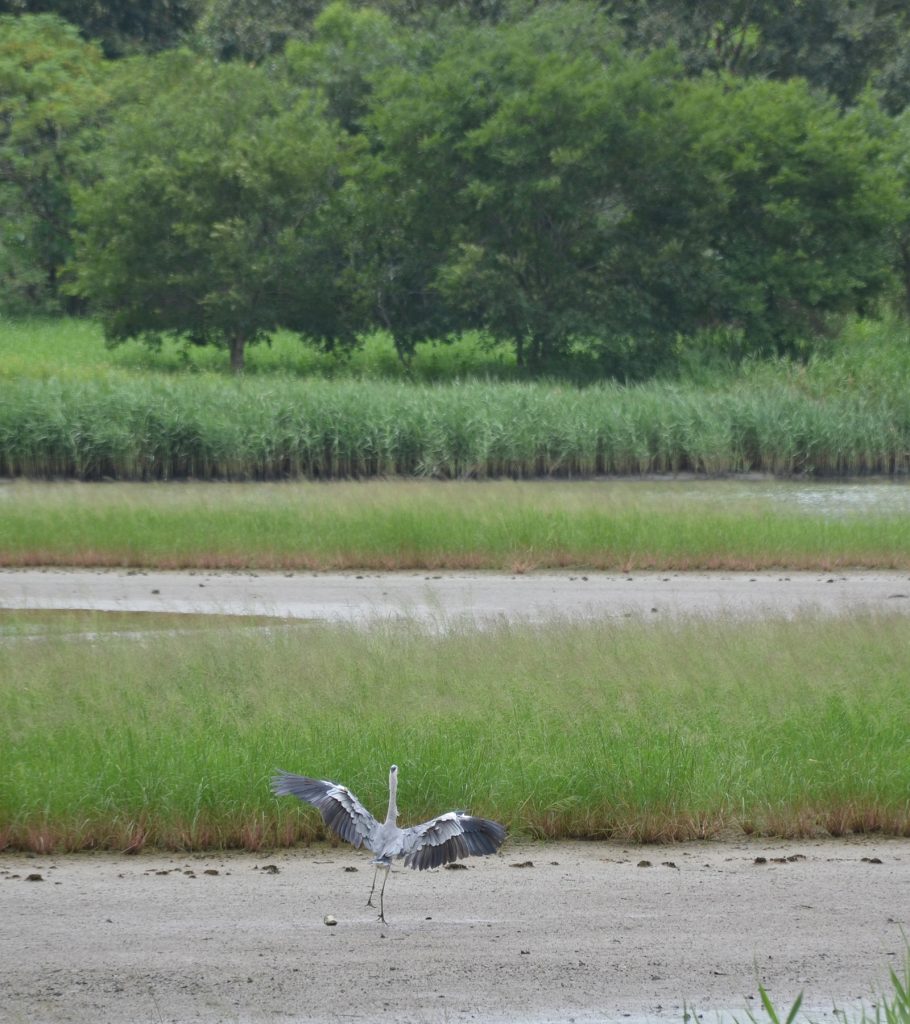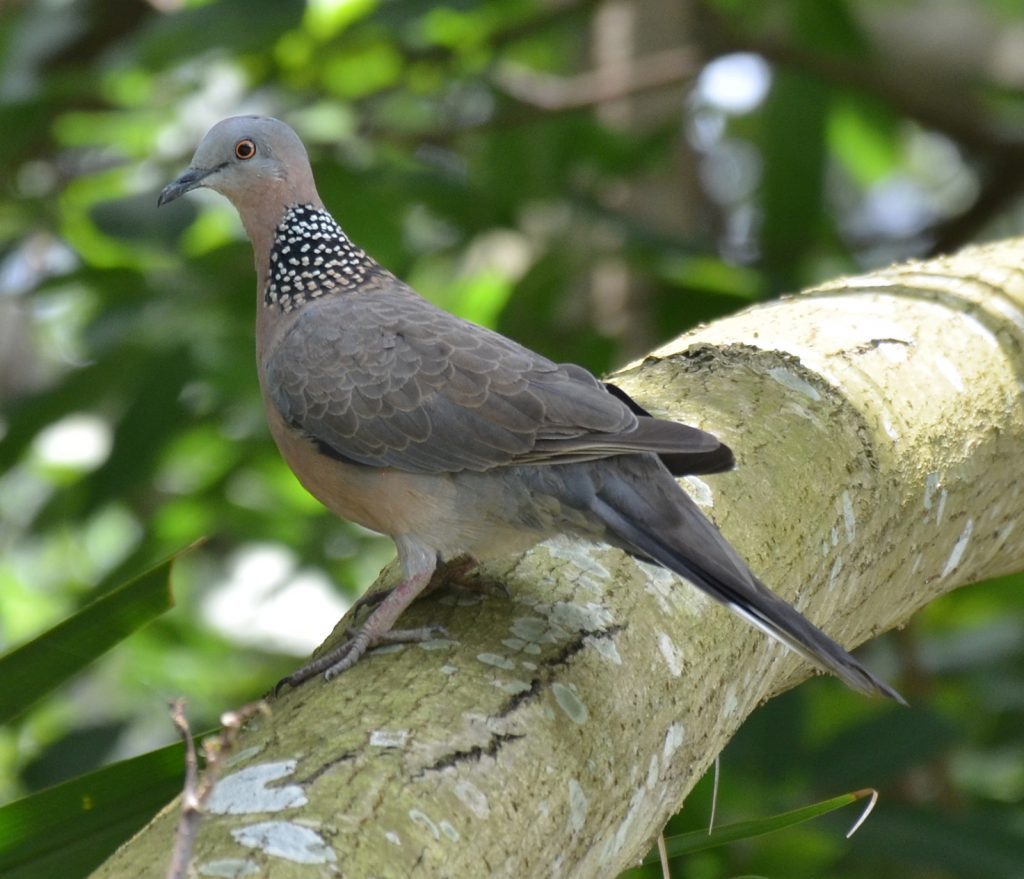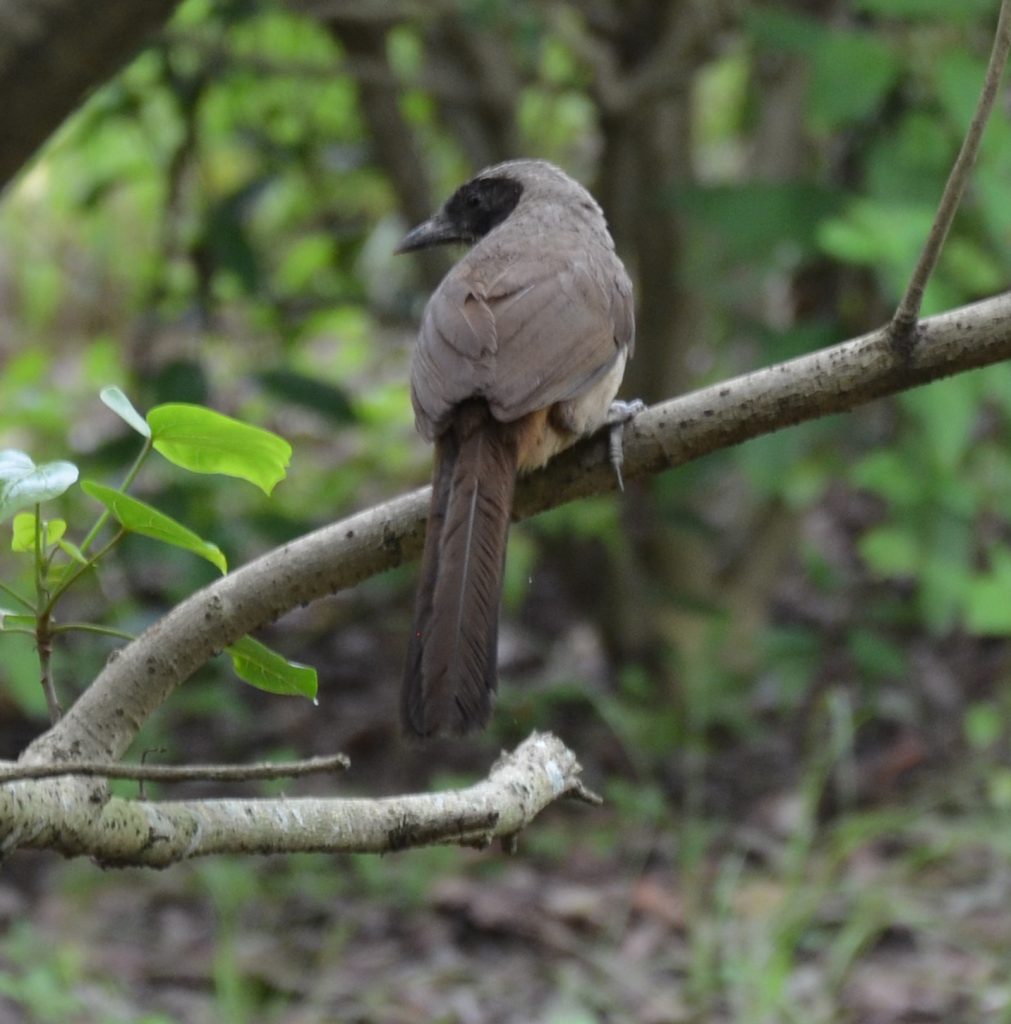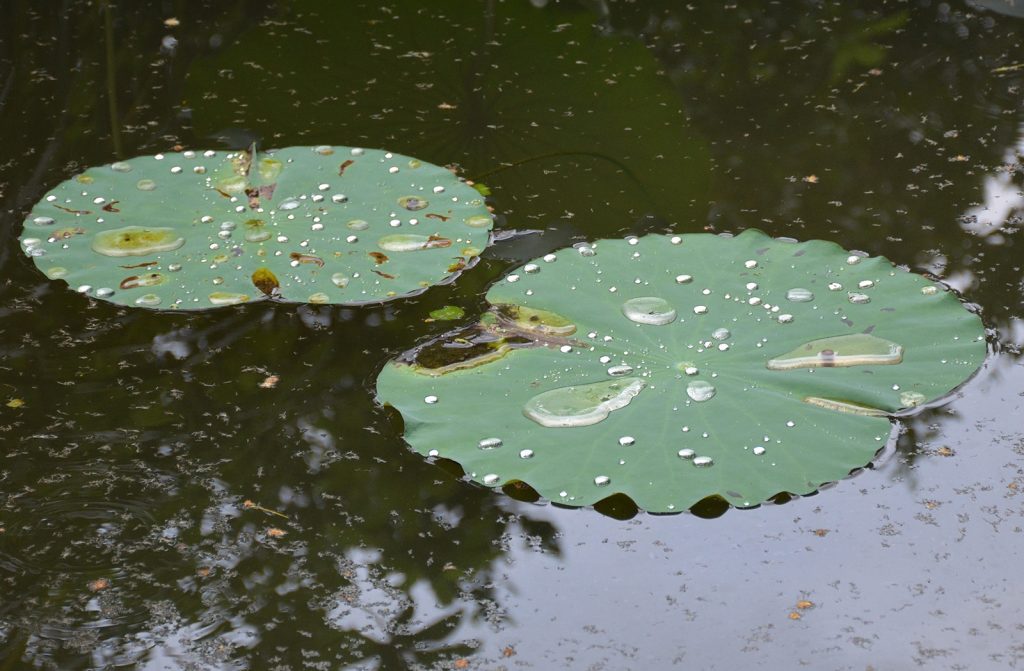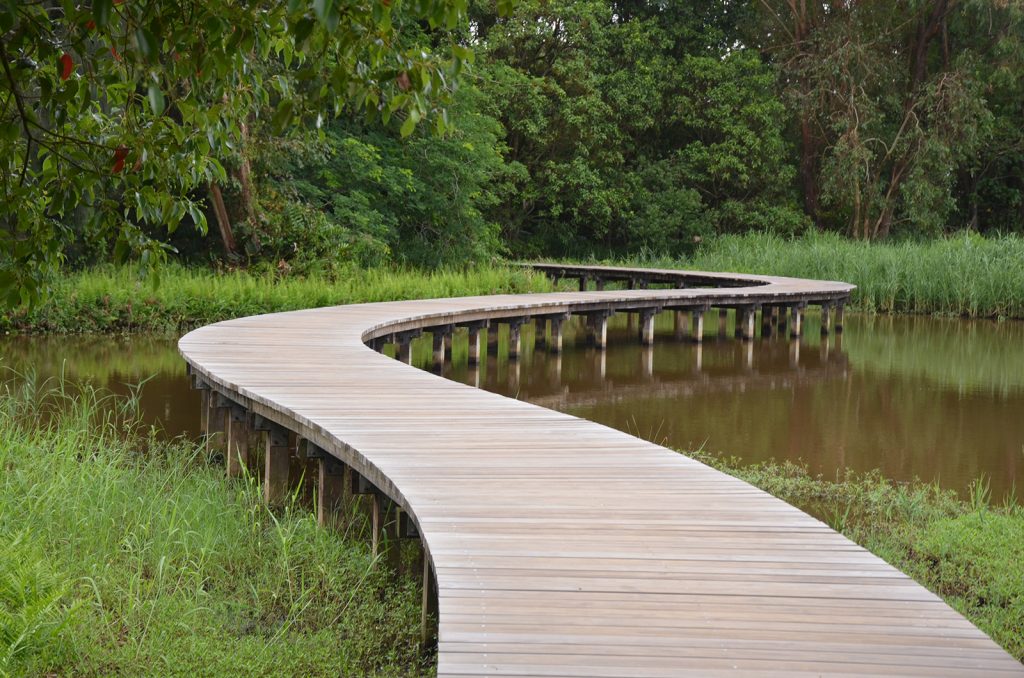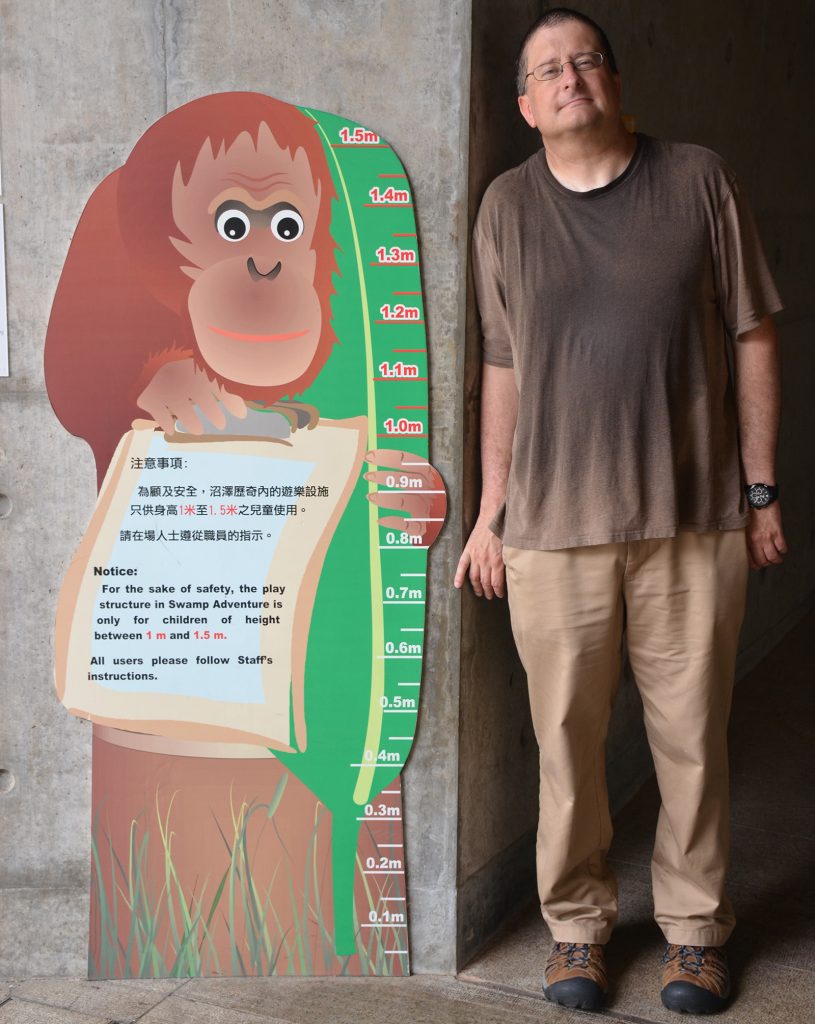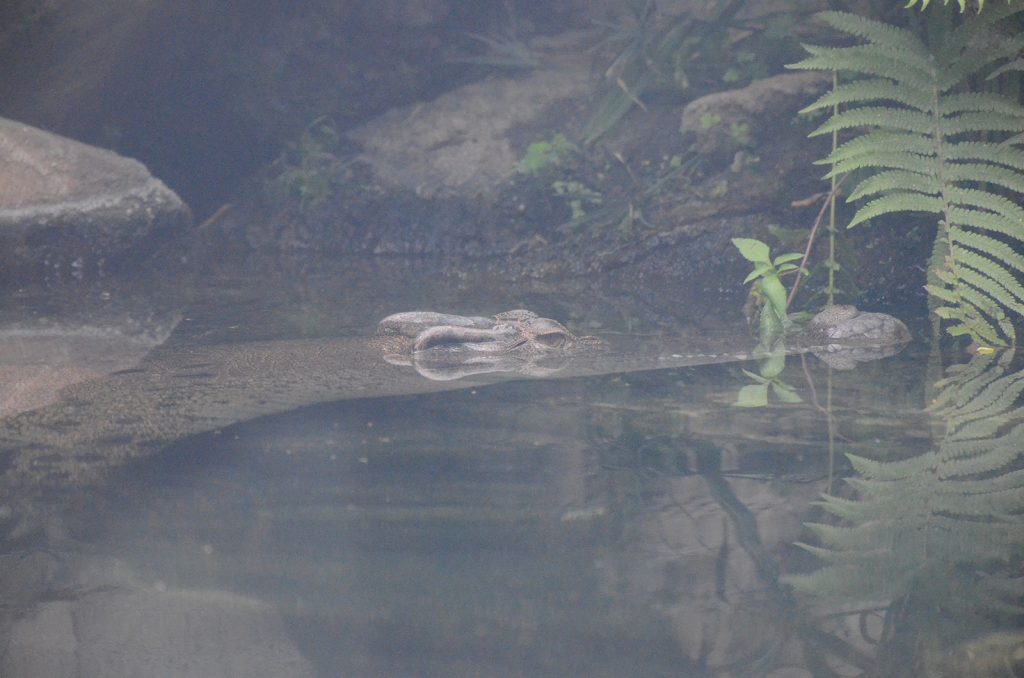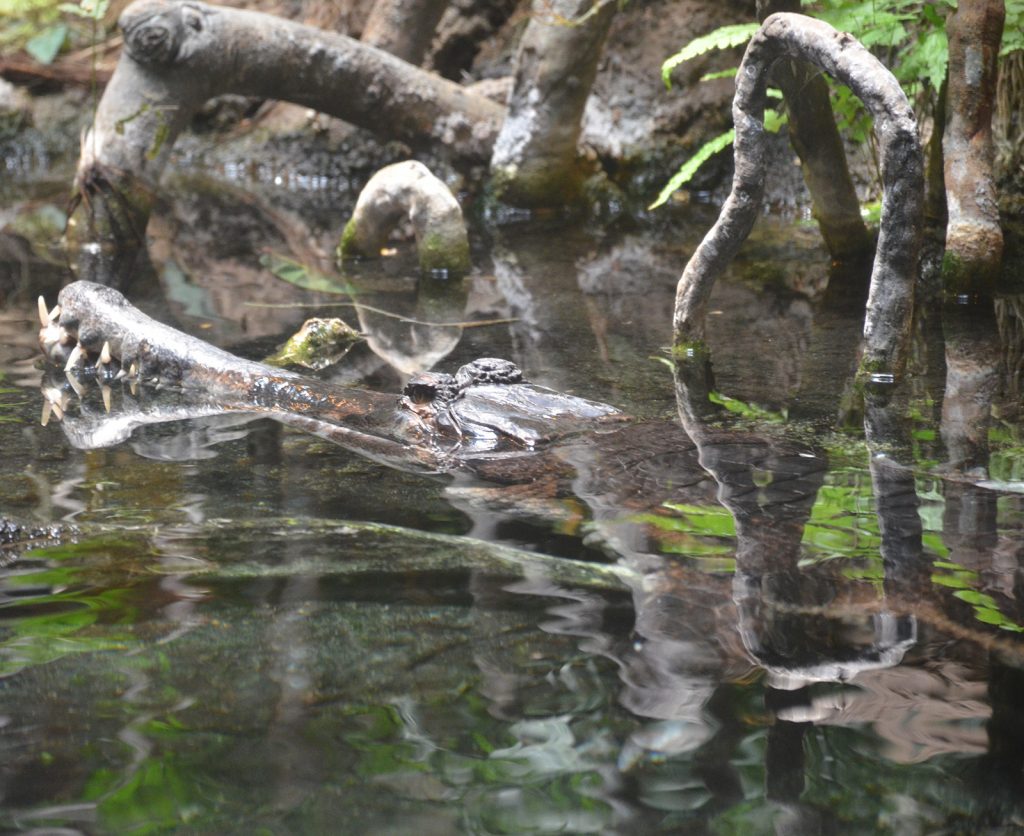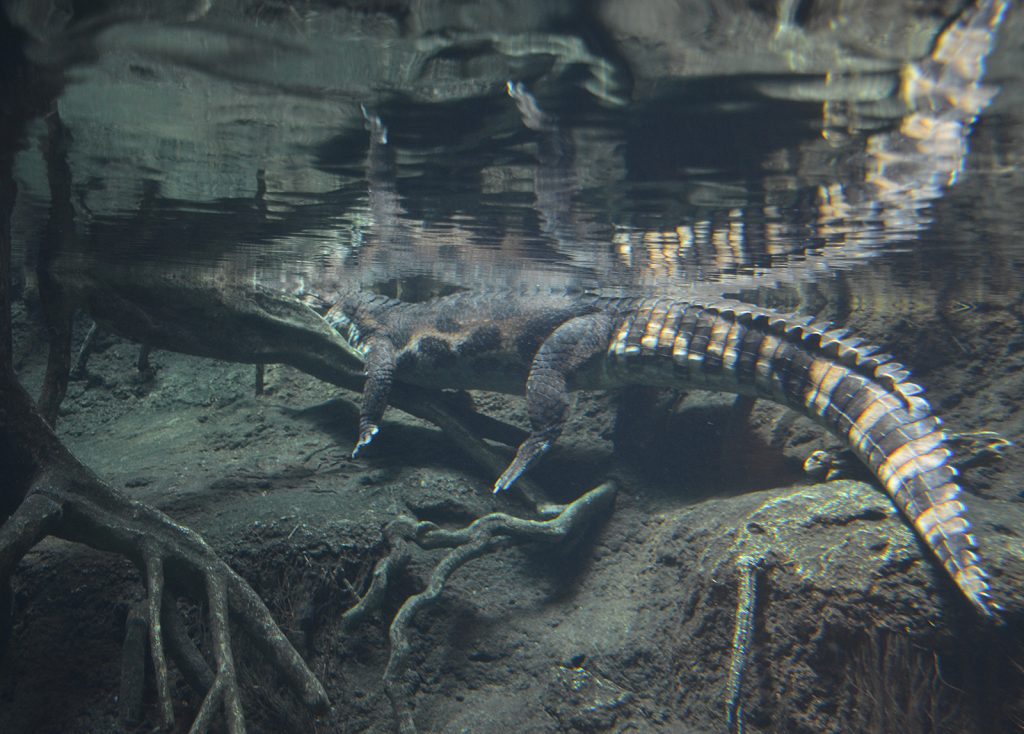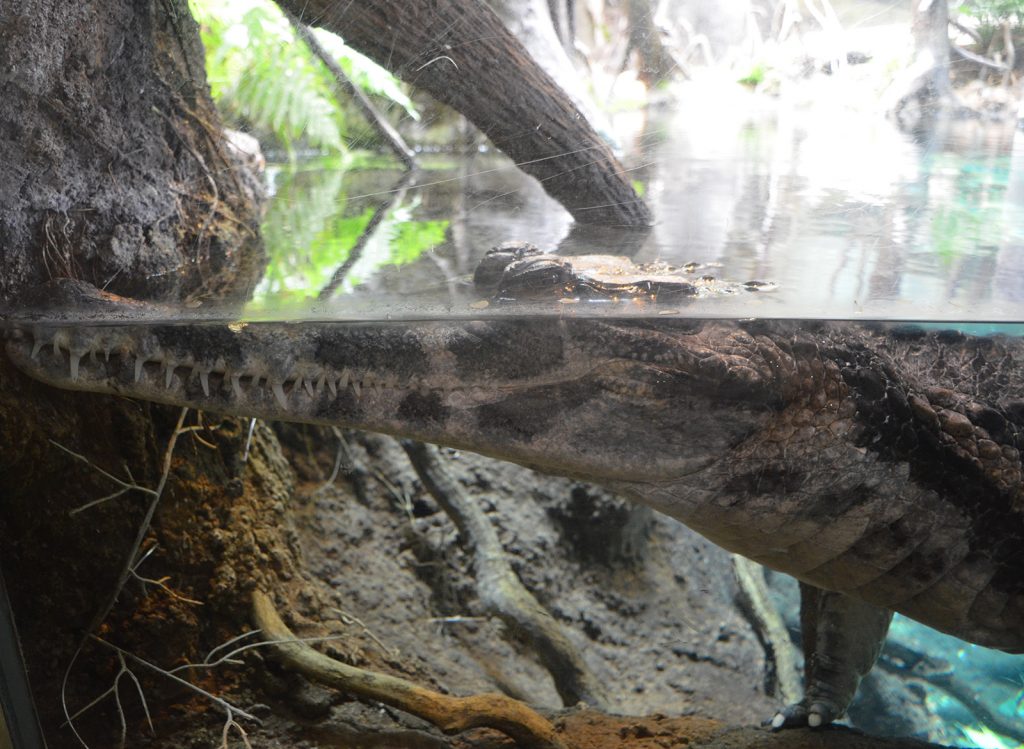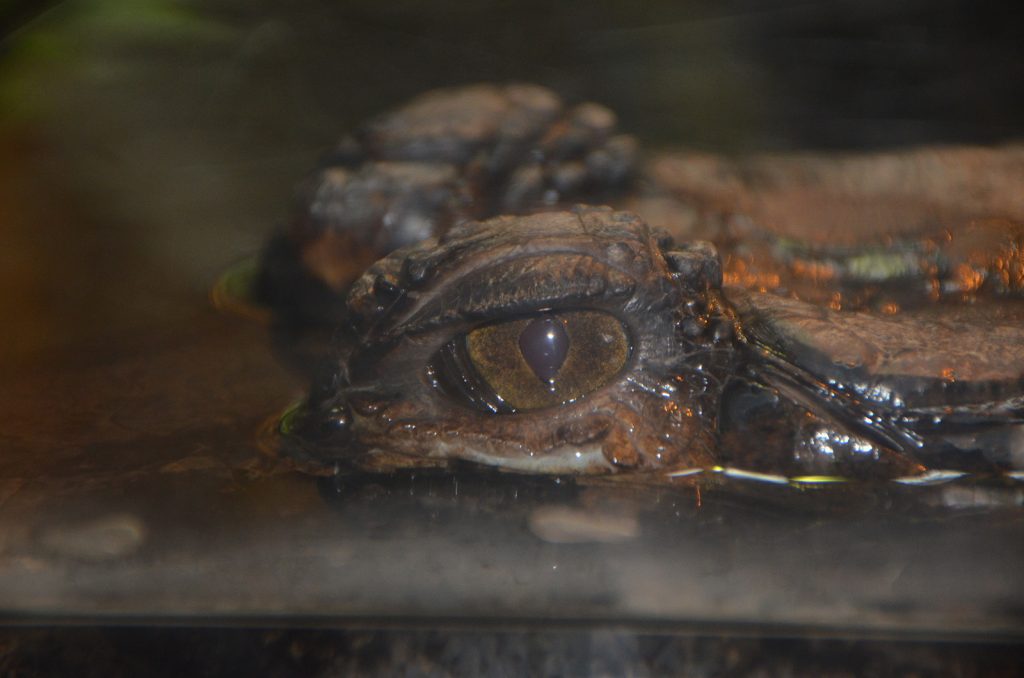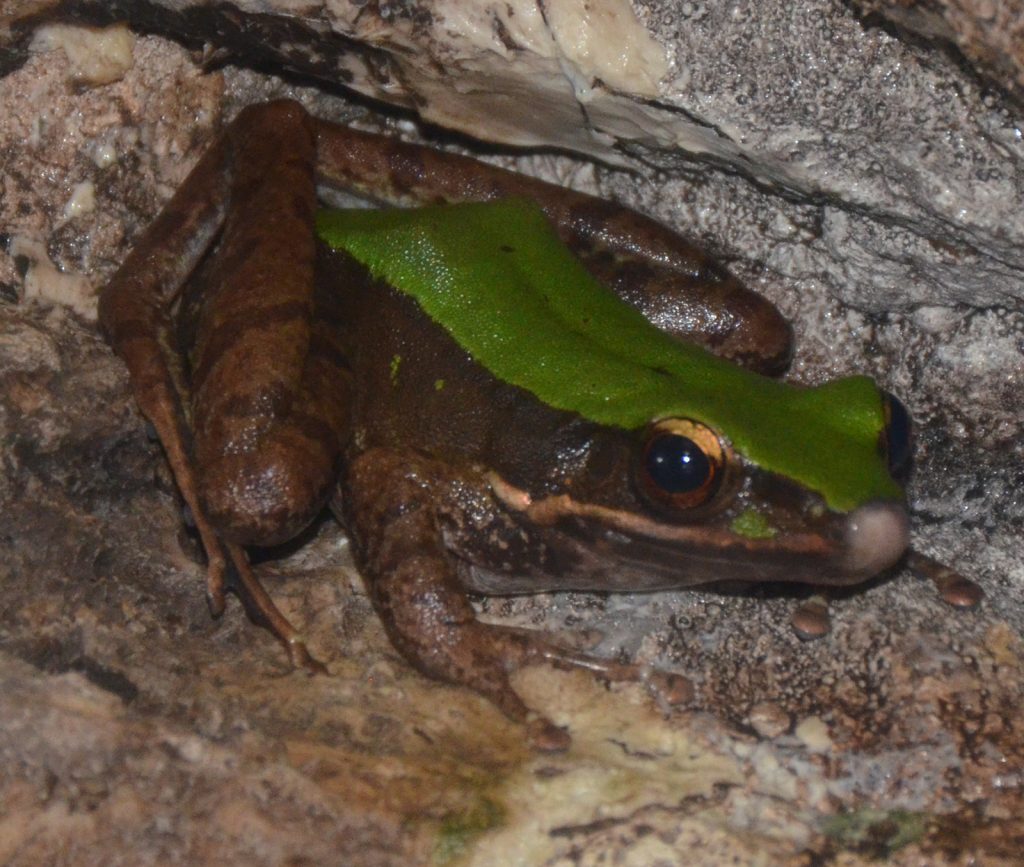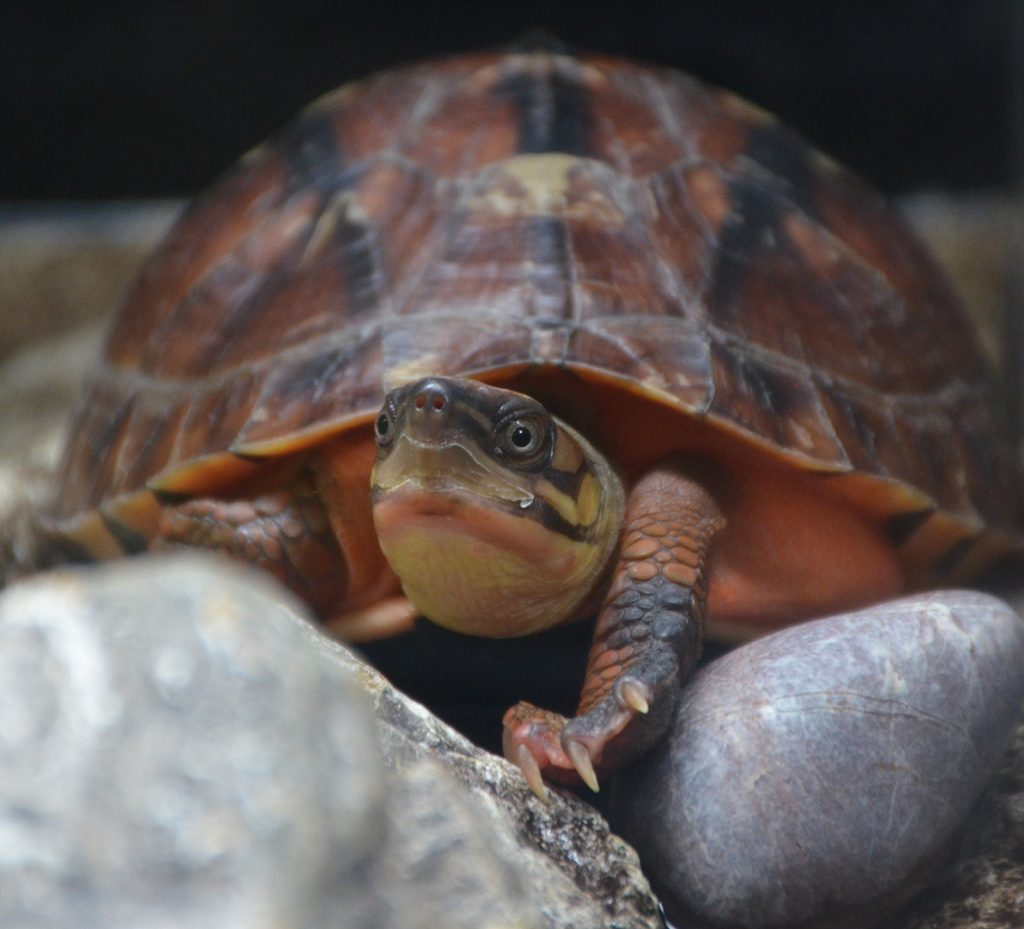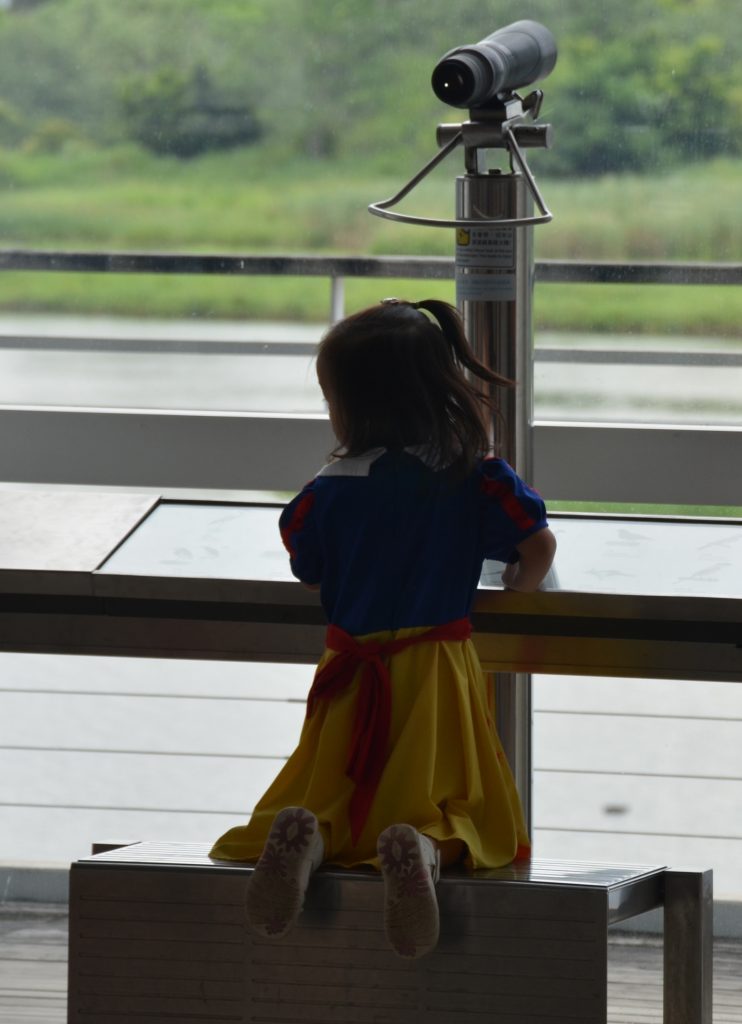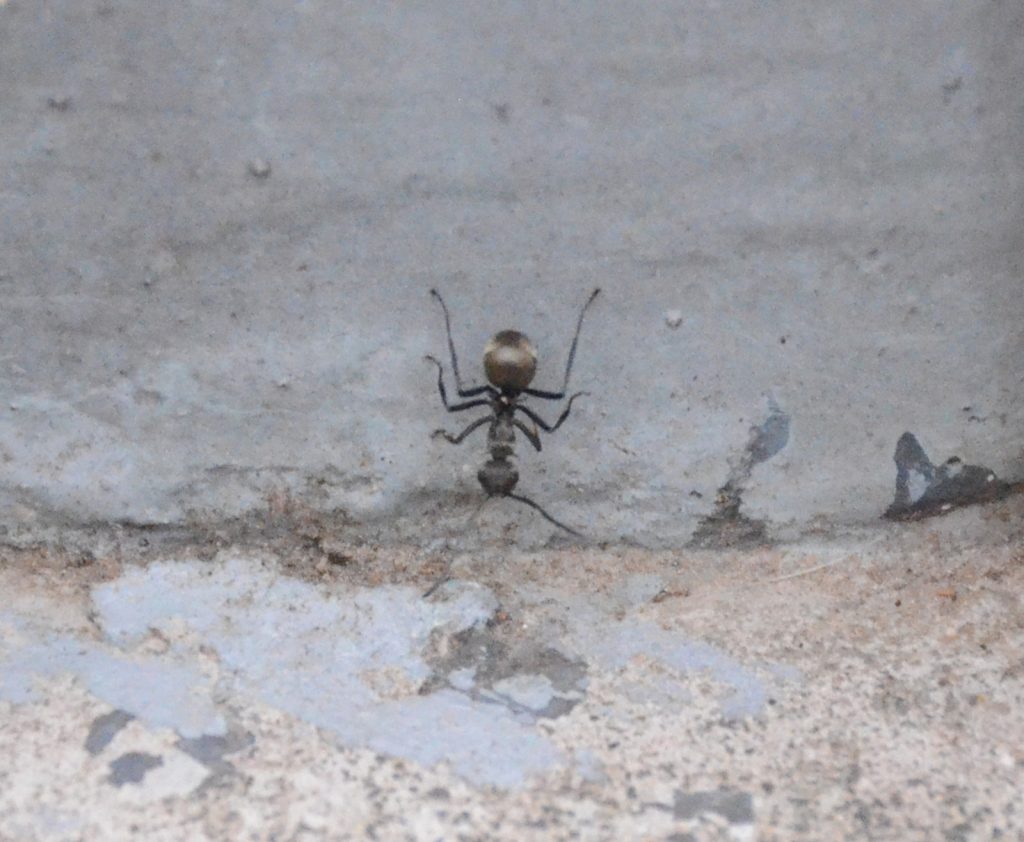The Hong Kong Wetland Park is located in Tin Shui Wai in the northwestern part of the New Territories. It took a little more than an hour to reach the site to from Kowloon. It was necessary to take the MTR, then light rail and then walk five minutes to arrive at our destination.
We picked the best day of our vacation to go. It was a “high heat day” and there were signs everywhere notifying us of the grave weather report.
Our hotel provided us with two free bottles of water every day. It was never enough. On the day we headed out to the Wetland Park, a lady from housekeeping gave us two more and told us to take them. “It’s hot out today.” If someone from Hong Kong tells you that you need more water, take it.
Although there is a 110,000 square foot, interactive museum inside the park, at least ninety percent of what you will see is outside. The Hong Kong Wetland Park has 150 acres of recreated habitats for vast diversity of life on the wetland reserve. It was created as an ecological mitigation area for the wetlands lost due to the development of Tin Shui Wai.
The short, five-minute walk from the light rail station to the Wetland Park was enough to soak my clothes. I also had to pee. No one likes wearing cold, wet underwear, but it had to be done. At least I was entertained by the bathroom stalls, which had signs on them telling me all about the wonderful uses of poop in the ecosystem. Yes, I took photographs of every single one. Thankfully, I was the only person in the bathroom so I didn’t look like a crazy person.
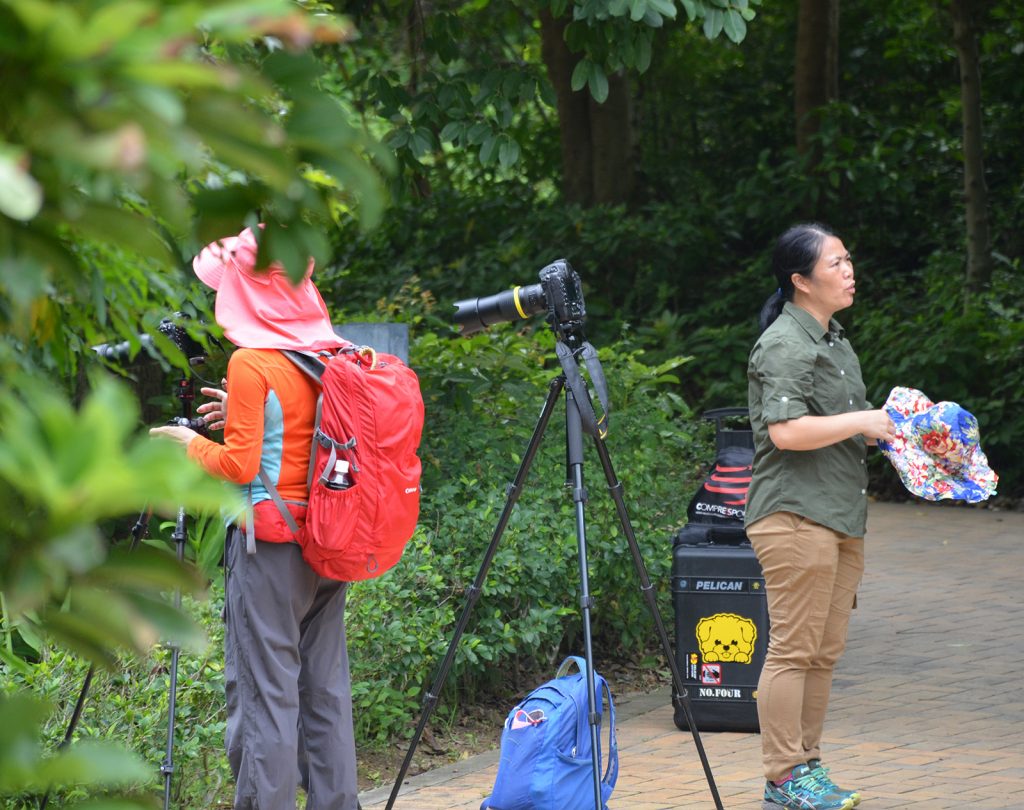
These are two of the many serious photographers that were in the Hong Kong Wetland Park while we were visiting.
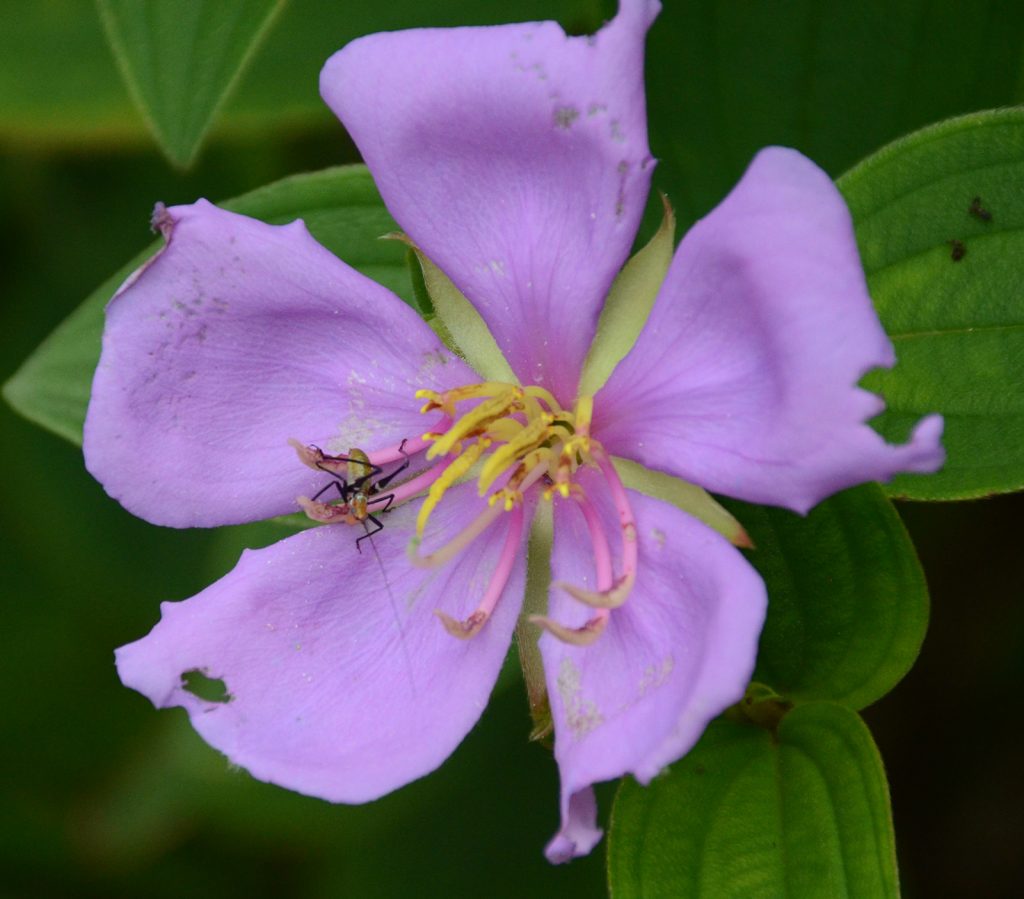
I’m not exactly sure what kind of insect is on this flower, but if you are patient and take the time to look, there is life, big and small, all around you.
It was just after 10 a.m. Sweat was pouring off my head so fast that I could not wipe it from my brow quick enough. It dripped onto and over my glasses and it dripped into my eyes. The salty sweat stung my eyes. A common sight this day was to see me yank my glasses off and desperately use the edge of my t-shirt sleeve to clear any remaining liquid from my eye.
My shirt was soaked. My pants were stuck to my legs. The sweat had formed a bond between my skin and my Dockers.
It was all totally worth it.
One of the first things to catch my eye and cause me to pause for a long period of time was a red dragonfly. For more than a week, I had been attempting to capture one of them with my camera, but they never sit still. I could not find one at rest when we visited the Bug Buddha or the monastery and they were constantly in motion when I was at Victoria Peak. You could follow them with your eyes, but the camera could never keep up.
Here, at the Waterland Park, they seemed more brave, more accepting of people. A large, red dragonfly flew in front of me. I tried to get its photo, but it was too fast. I tried to track it, but it didn’t work. So I resigned myself to the fact that it be something ingrained in my brain, but never caught in the pixels of my camera.
Paul and I started to move on when the red dragonfly flew in front of me and then over the water before turning back around and resting on the wooden path I was standing on, just inches above the water. I quickly moved into action.
“Don’t move,” I commanded Paul. He is always the cause of things flying away on me because he doesn’t always pay attention to the little things. He stood still as I got a picture of the red dragonfly from standing up.
Then, I took a step closer. Then I kneeled down. And I inched closer and closer to the red dragonfly, taking pictures as I moved nearer to the patient dragonfly. It turned around almost as if it was posing for me in different directions.
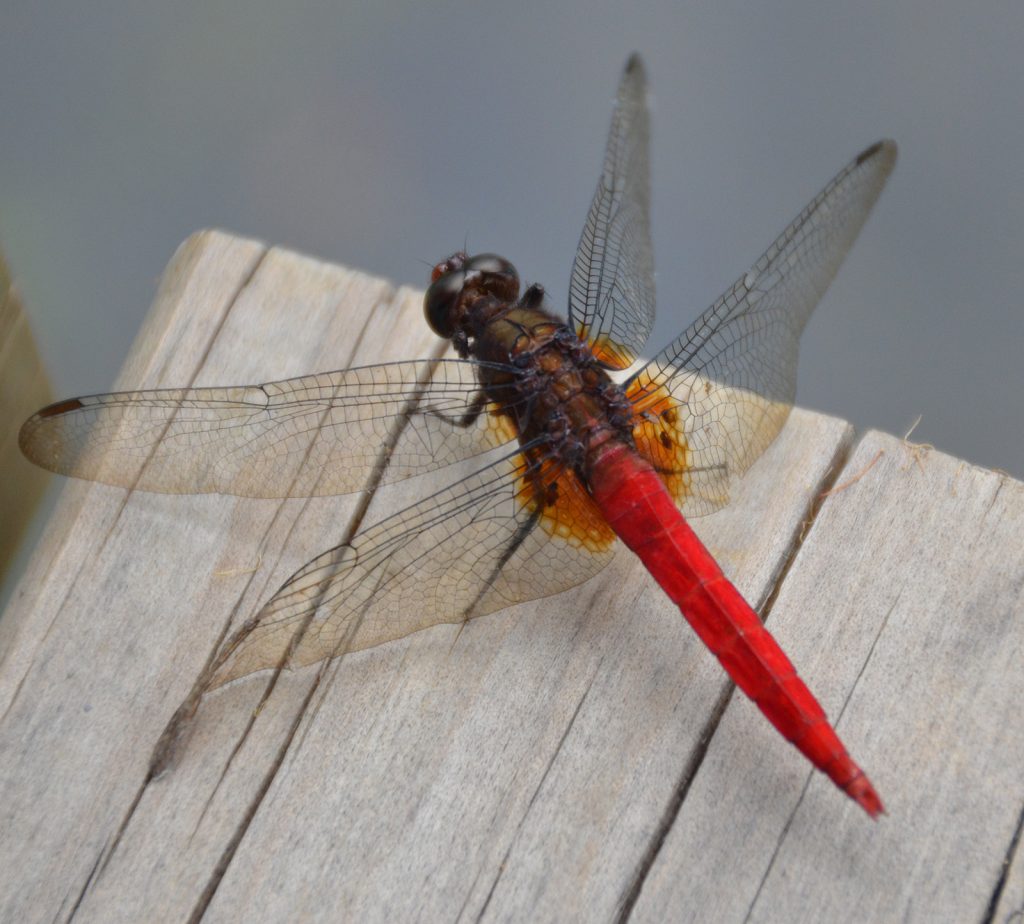
Dragonflies and damselflies feed on pests, such as mosquitoes. Their larvae are aquatic. According to the signs at the park, this is a Crimson Dropwing.
The park is lush green, with many stopping points to admire nature. Benches allow you to sit and watch nature while thinking about the responsibility we have to preserve life.
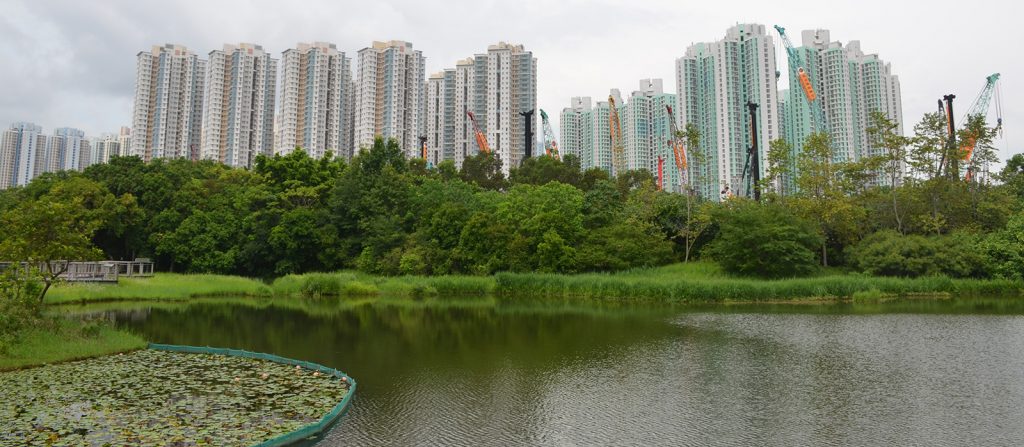
The city of Tin Shui Wai and continued construction looms in the background of the Hong Kong Wetland Park.
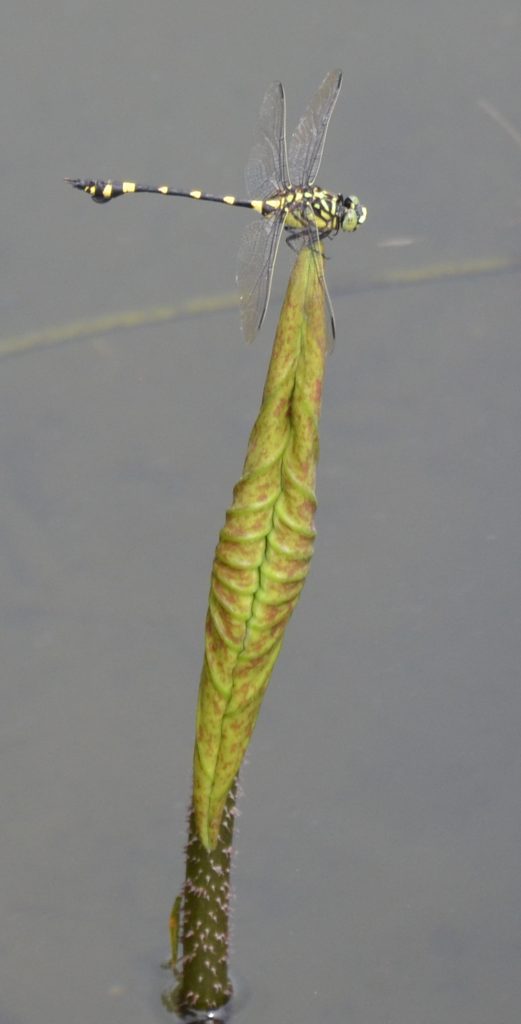
A Common Flangetail rests gently on a plant in the Hong Kong Wetland Park. During the summer, the Common Flangetail is easily seen on the top of emerging plants or hovering along the pond’s edges. It has a prominent leaf-like projection near the end of its abdomen.
As we walked along the designated paths, we eventually came across a group of small schoolchildren, ages three and four.
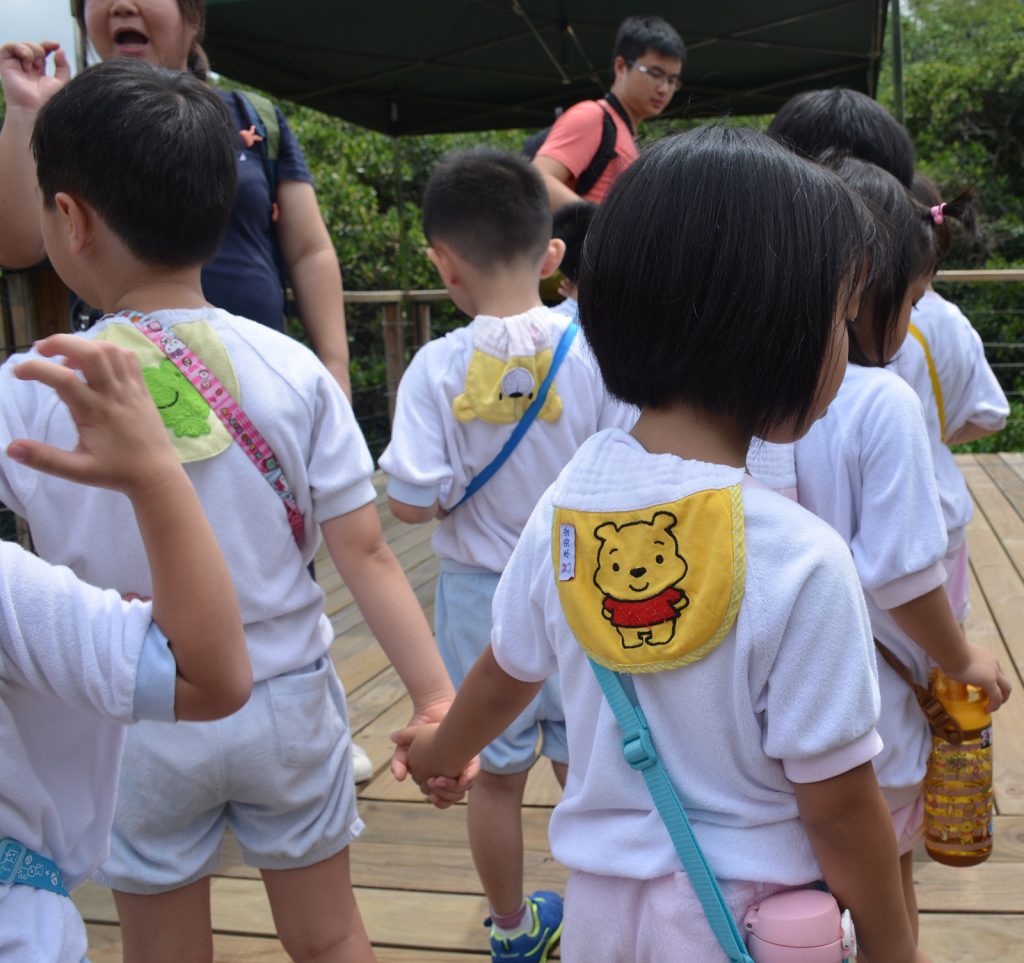
Children at the Hong Kong Wetland Park. The things on their backs that look like bibs are towels and they will periodically pull them out to wipe their brow.
While they were busy listening to their teacher, I noticed what looked like a wasp, but a deeper yellow in color. It did not bother the children and, as they moved on to their next part of the park, I remained behind to photograph the wasp.
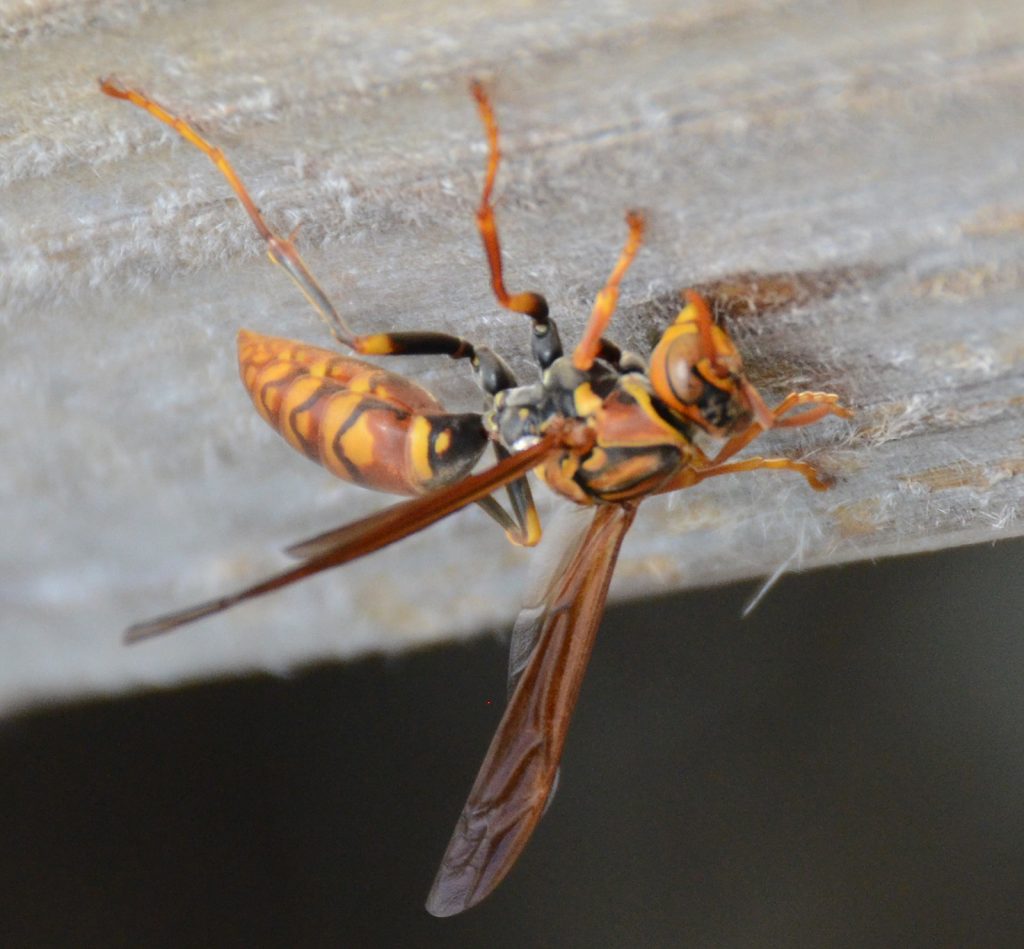
It’s not a yellow jacket or mud dauber. I am not sure what it is. It looks like it could be a Parapolybia varia or Polistes olivaceus (paper wasp), but I’m not totally sure.
With no children, it was quiet. I could see, and hear, the insect sucking on the wood. There was a wet spot where it had come to a rest. I was unsure if it made it or not, but a sucking noise coming from it was clearly heard. I moved in as close as I dared and used my camera’s zoom to take several pictures of the insect. I was enamored by its deep yellow and black on its skin.
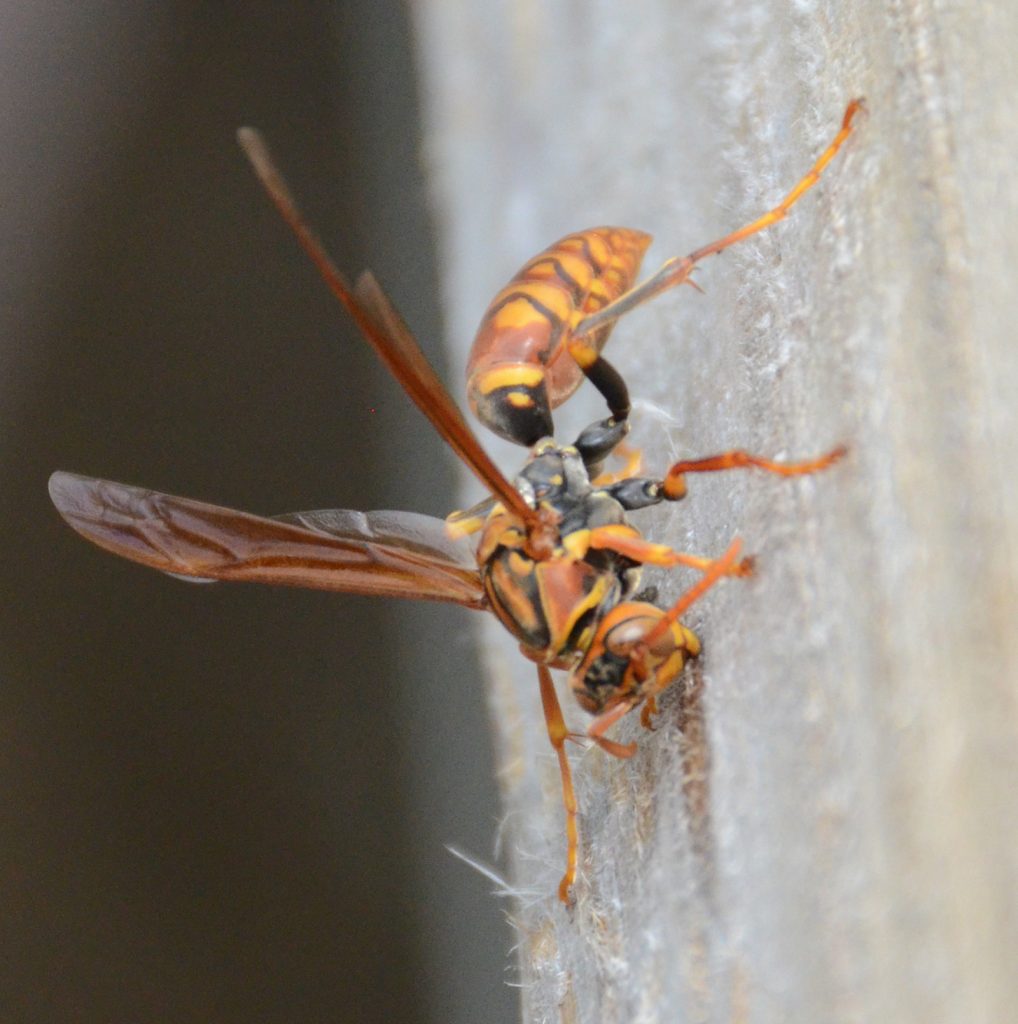
It’s not a yellow jacket or mud dauber. I am not sure what it is. It looks like it could be a Parapolybia varia or Polistes olivaceus (paper wasp), but I’m not totally sure.
A little farther down the path, we were warned to make sure we paid attention. The walkway would move with the tides, which was now out. A glance out into the mud revealed fish periodically flipping and flopping up away from the mud.
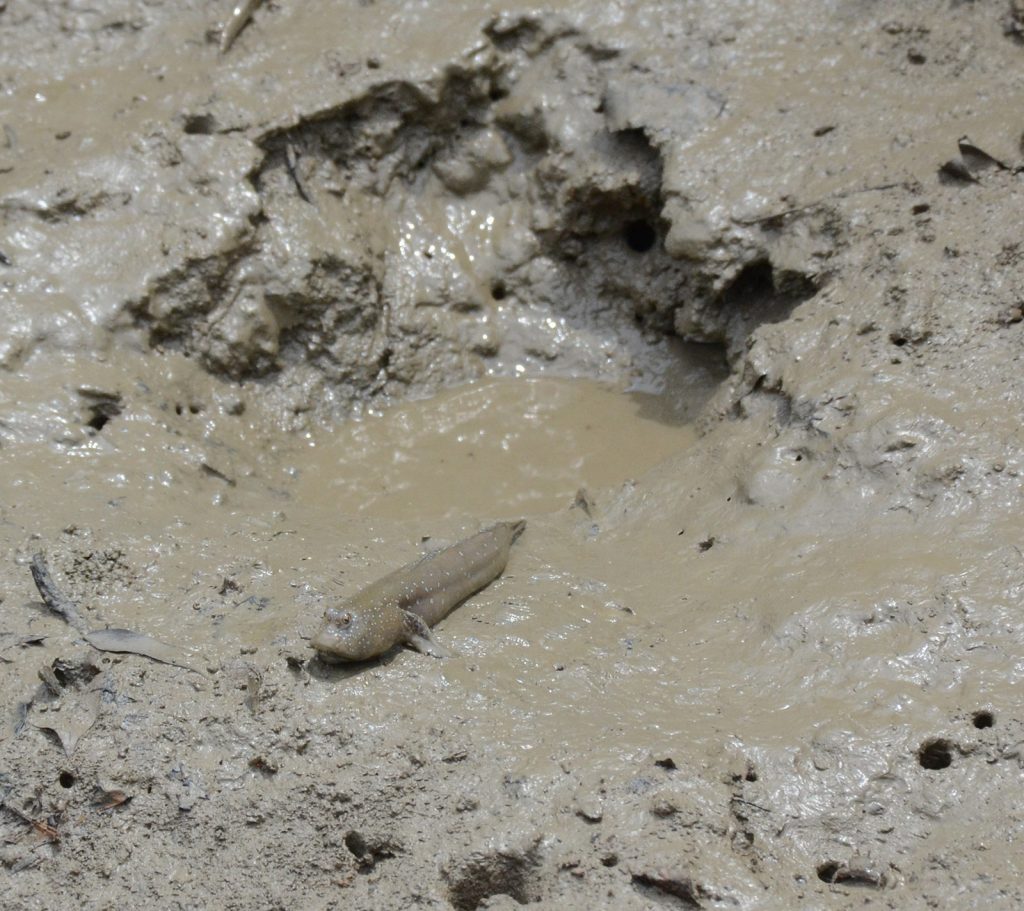
A mudskipper can live in water and on land. Out of the water, they breathe their moist skin and water-filled gill chambers. Their strong pectoral fins support their bodies, allowing them to crawl on land.
There were also fiddler crabs. Paul and I stood there for some time watching the crabs dance around, sometimes fighting with each other. The fish lay motionless until suddenly they flipped into the air.
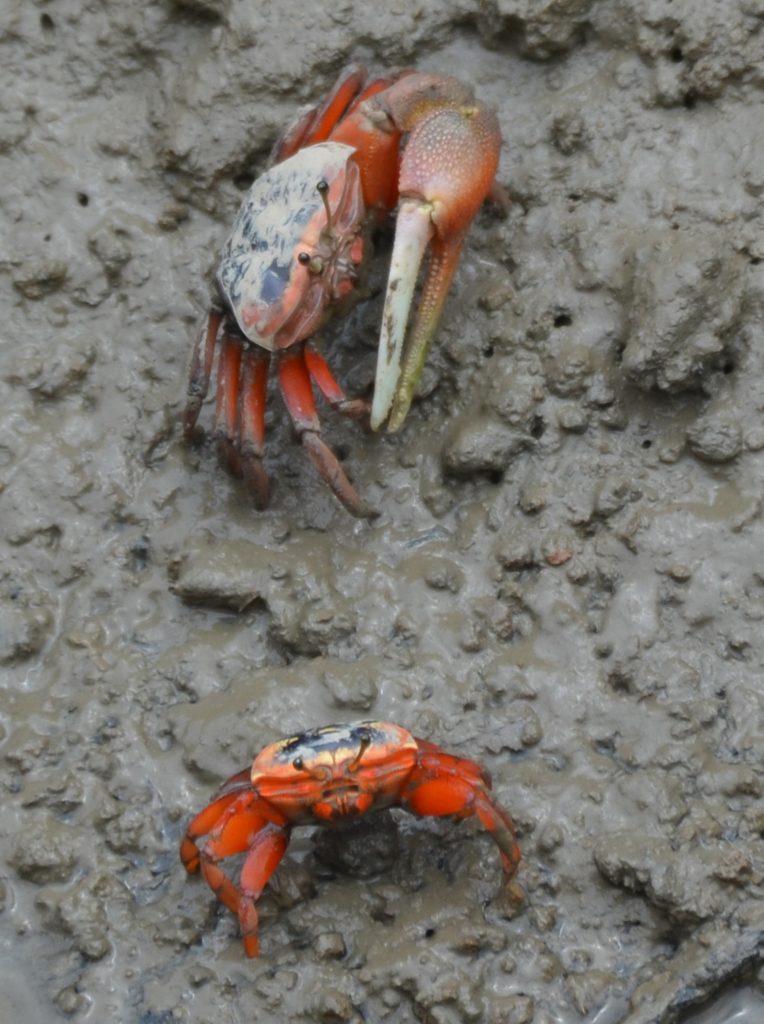
Fiddler crabs move on the mudflat during low tide and retreat to the burrows when in danger. They use their chelae for courtship, fighting, and defense, and feeding on organic matter in the sediment.
Butterflies of every color were in abundance throughout the park. They had their own garden to congregate in, but they seemed to enjoy many aspects of the park. They are also butterflies. You aren’t going to keep them confined unless you put them into cages.
The wetland park is teeming with life. Each step you take brings a new kind of animal. Some were familiar. Many I could not identify.
The butterfly garden was full of many brightly colored winged insects, but only one was cooperative for me.
Several bird blinds are strategically positioned throughout the park so you can sit in silence and watch and/or take pictures. It was the only time on my trip that I regretted not bringing my bigger zoom lens.
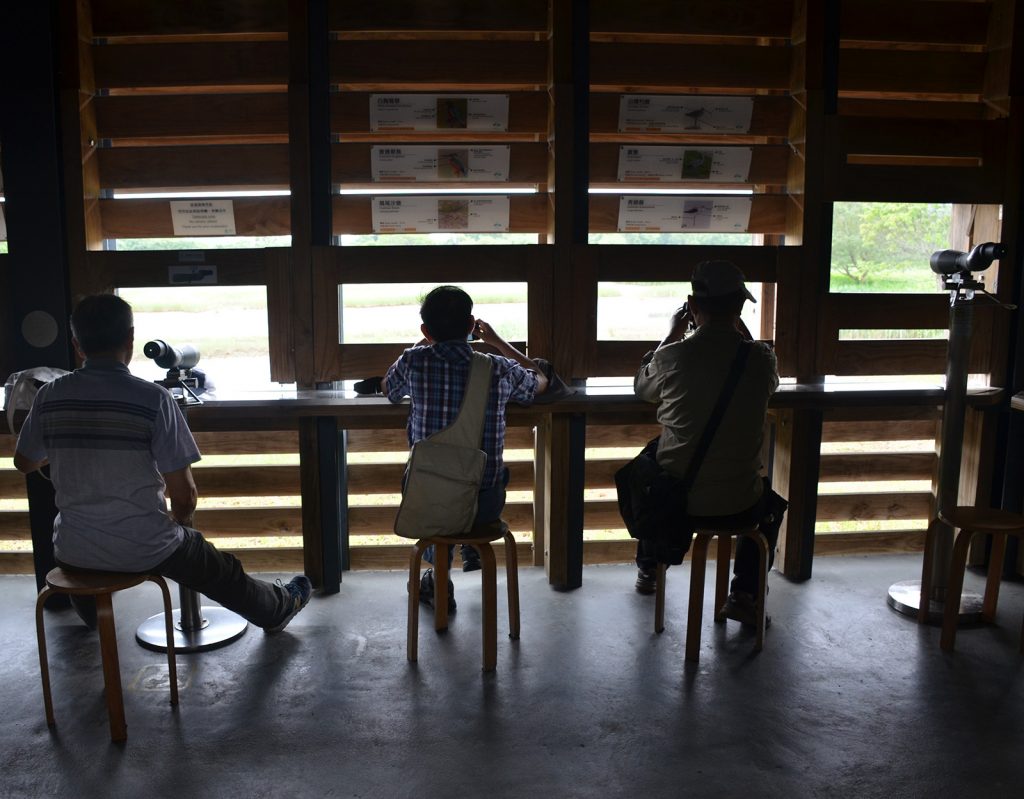
Serious birdwatchers and photographers were out taking pictures of the large variety of birds at the Hong Kong Wetland Park.
The world continues to revolve, but you don’t need to find enjoyment from only living things.
By the time we returned to the museum, Paul was able to take his shirt off and wring it out. My shirt was soaked, but I wasn’t taking it off until we returned to the hotel room. It was hot. We were drinking plenty of water. It still wasn’t enough. According to one newscast, the temperature was 90 degrees Fahrenheit with 92 percent humidity at the height of the day.
Inside the museum, there were several lessons about water, the things that live in it and rely on it and our responsibility to take care of it. There were also other live animals that could not roam freely outside, for their protection, and ours.
People from all over came to the Hong Kong Wetland Park to see and learn. Paul and I even had fun with the interactive exhibits that were geared toward children.
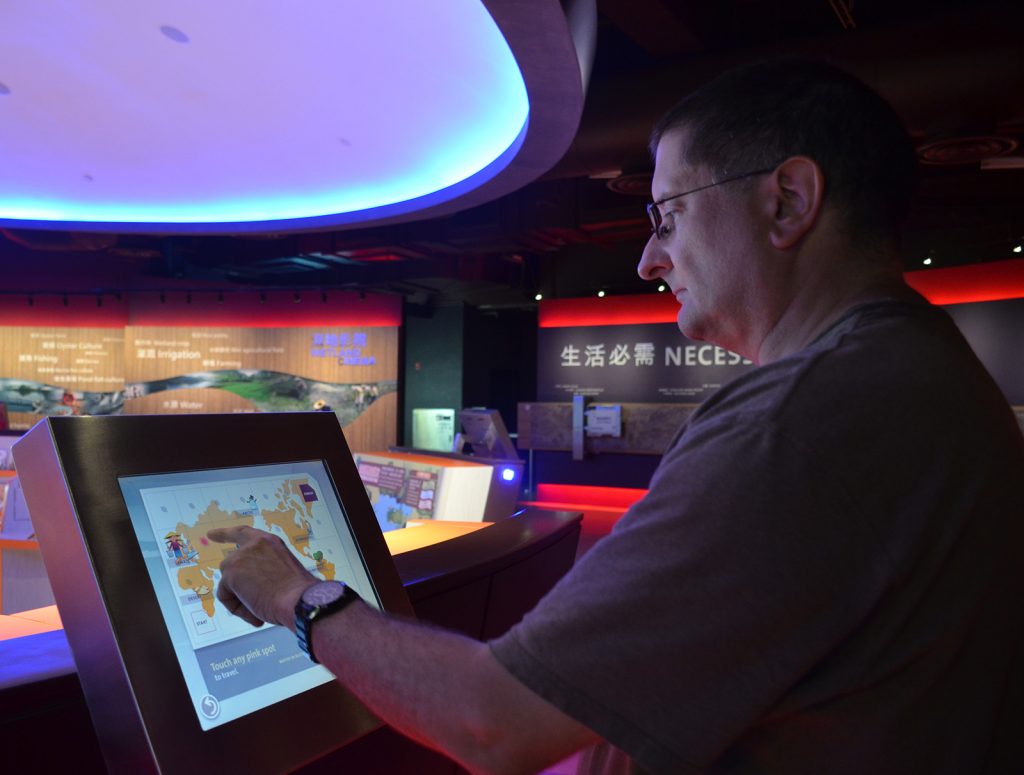
Paul plays an interactive game at the Hong Kong Wetland Park in which you need to get to the finish line and have enough fresh water to survive.
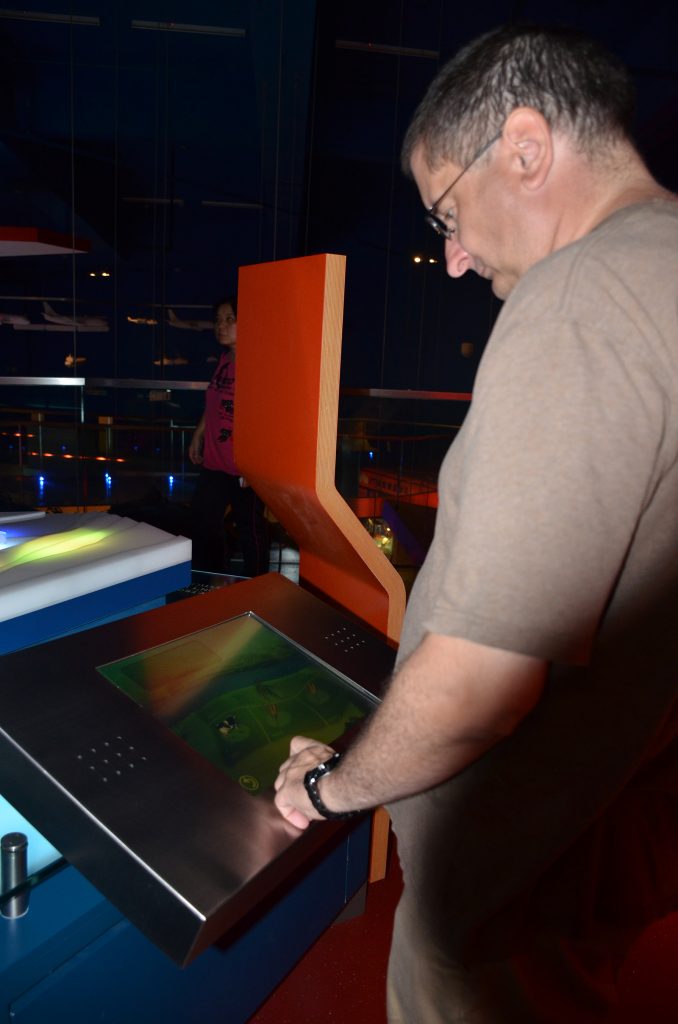
Paul and I played an interactive farm game in which you tried to grow crops and raise cattle with as little harm to the environment as possible.
As we left the park, the message was clear. We need to take care of each other and spend time being kinder.
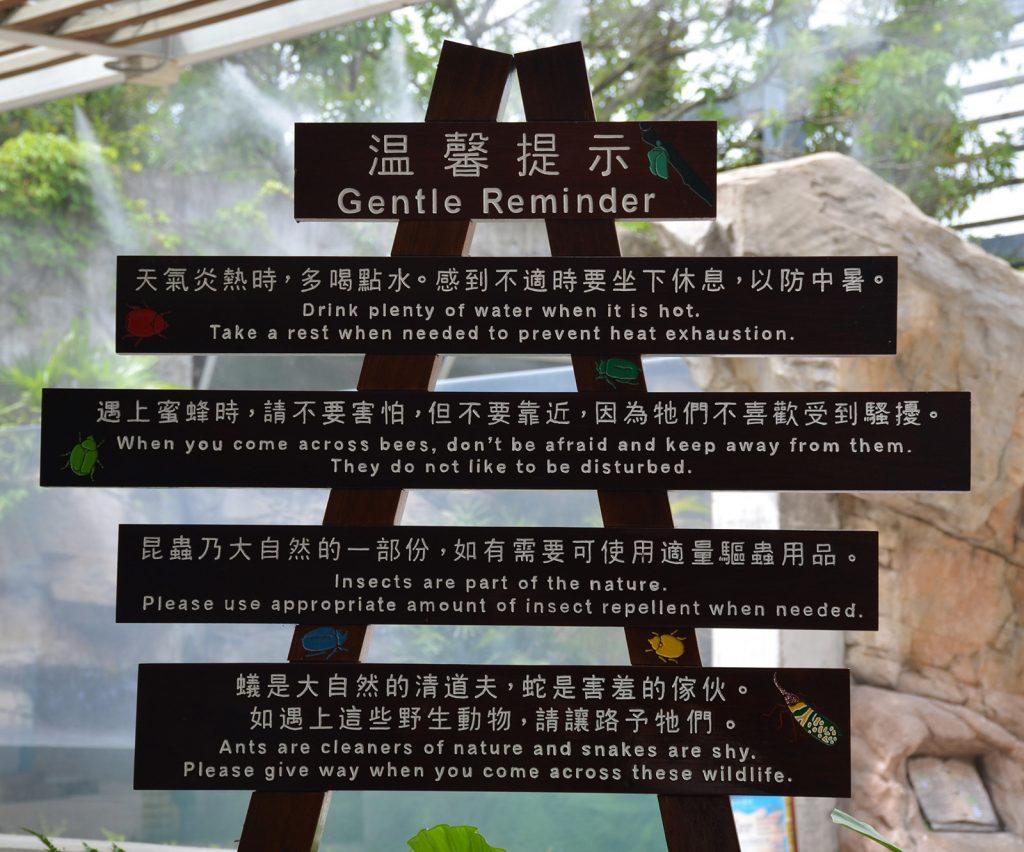
Some gentle reminders that are good to remember throughout your life. This is a good way to end the day and every day from now on.
Many thanks to Katie Bradshaw for help in identifying some of the animals.

